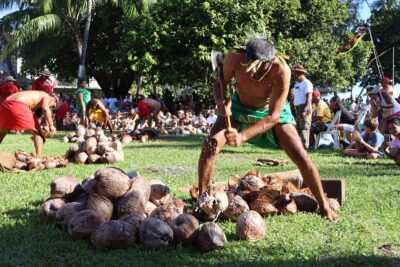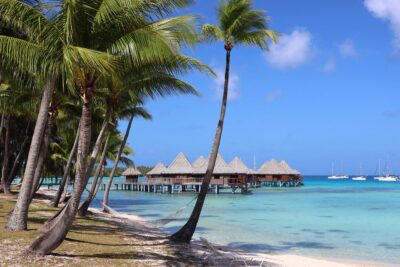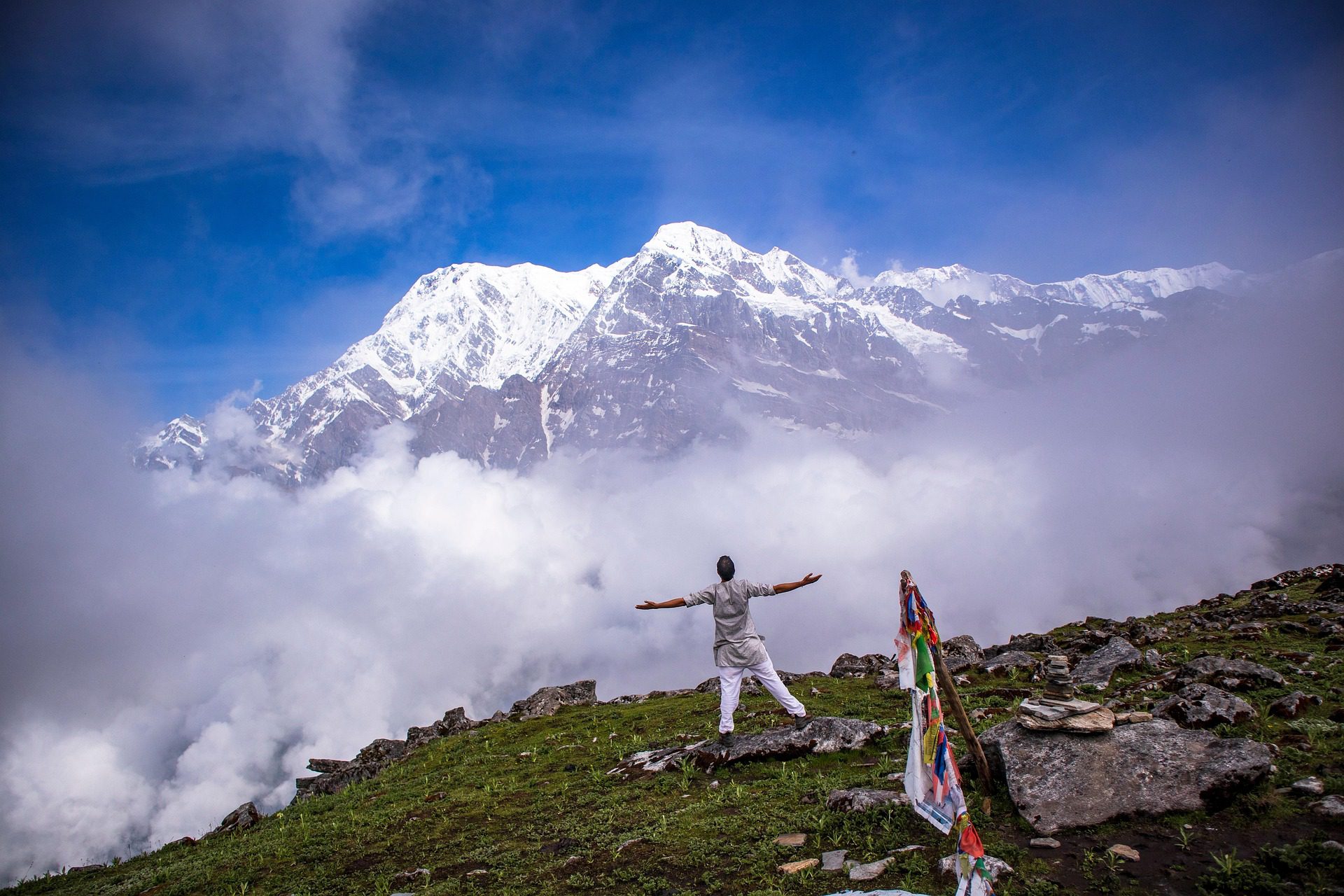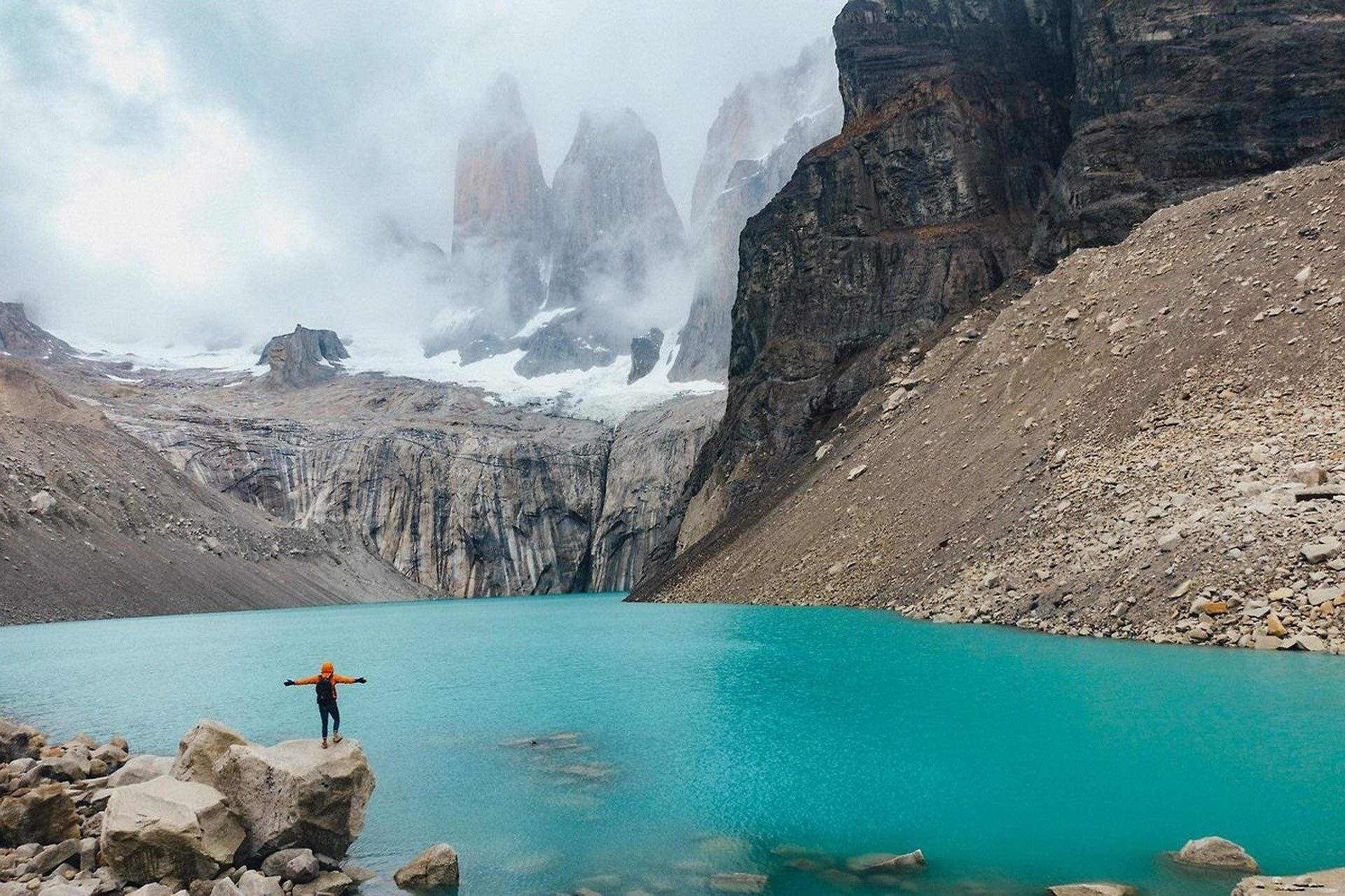Austral Islands Travel Guide
Rurutu Travel Guide
Rurutu is one of the most surprising destinations in French Polynesia. It is the most visited island in the Australs and for good reason. There’s so much to see and do, from swimming with humpback whales to venturing into bizarre caves and getting to know proud and skillful locals.
It was a dream of mine to visit Rurutu for many years and I finally headed south on my fifth visit to French Polynesia, spending five days in Rurutu during September 2020.
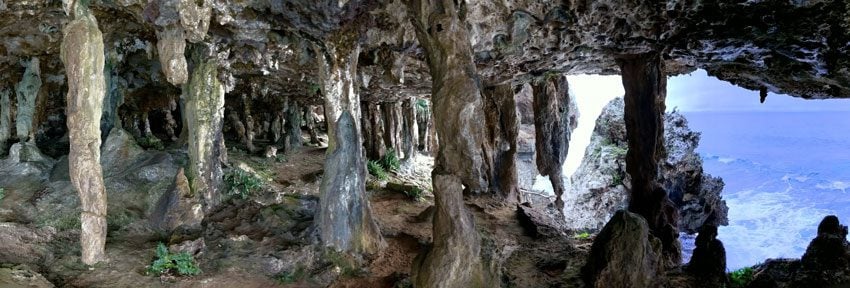
Brief History
From space, the island resembles the shape of a “mini Africa”. Rurutu’s natural beauty is the result of interesting geology. Once known by the name Eteroa, Rurutu was formed by a complex geological history, unfolding over several chapters. It started just like any other South Pacific island, formed by volcanic activity some twelve million years ago as the earth’s plate moved over a hot spot. The initial volcano gave rise to a high island, with mountains, valleys, and eventually a fringing coral reef.
The newly formed island then underwent millennia of erosion, slowly sinking back under the waves. A second period of volcanism, some two million years ago, lifted it once more high out of the water. The coral reef was pushed upwards and a new fringing reef began to form. So, Rurutu is both a high island and a raised atoll.
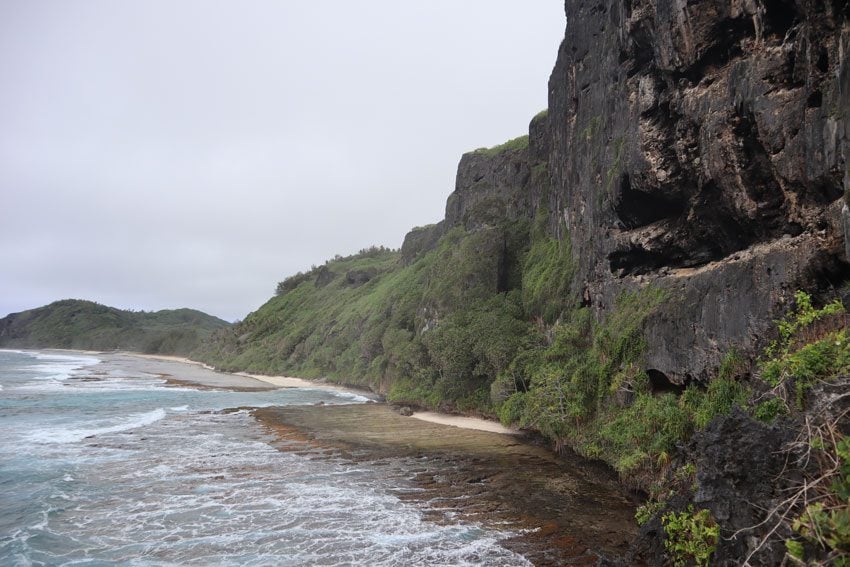
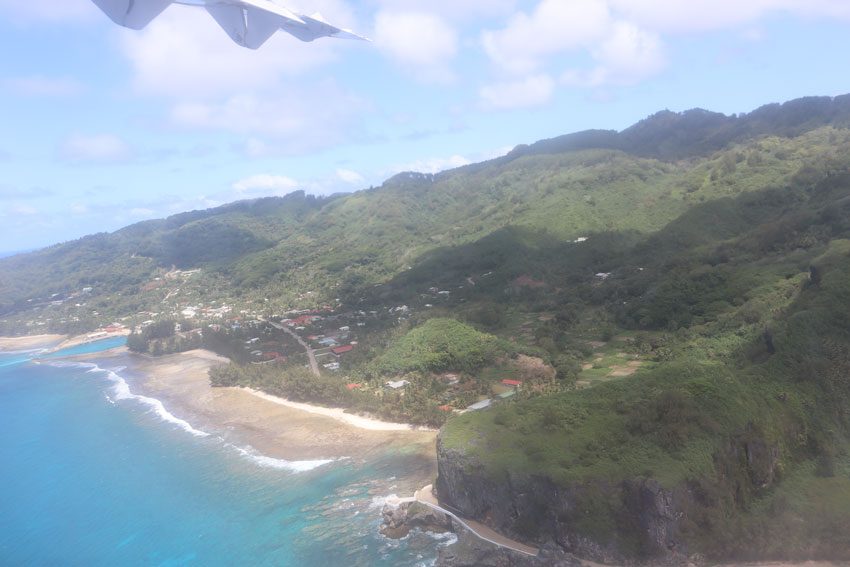
The temperature in Rurutu is comparatively cool, with an annual average of 23 degrees. In July, the very heart of the “Austral winter”, it can get down to 12 degrees at night. The island’s climate is subtropical, ideal for cultivating food crops, primarily taro, but also coffee, lychee, vanilla, and various citrus fruits.
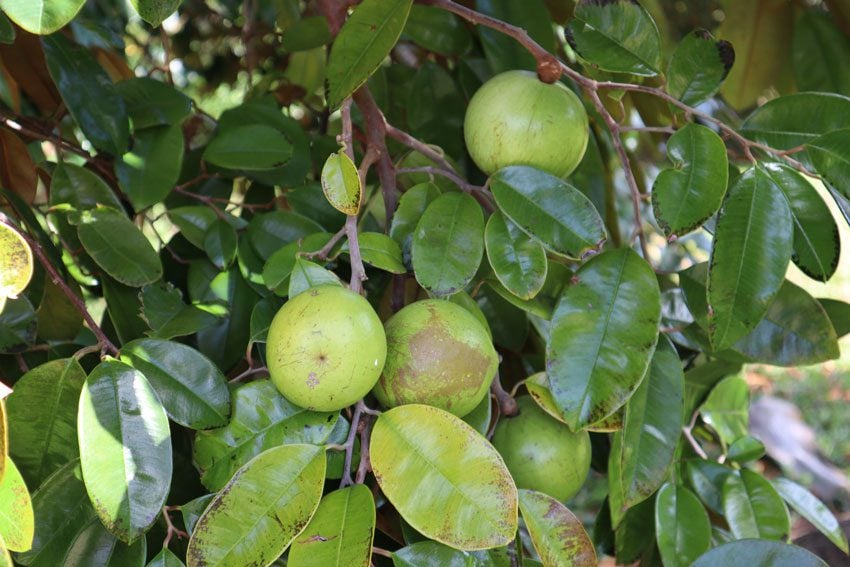
Rurutu was colonized by Polynesians during the first millennium, likely by canoes arriving from Tahiti (though some say from the Cook Islands). The oral history recounts three waves of migration, with the first people arriving from Puna’auia (on the west coast of Tahiti) and the second from Pa’ea (just south of Puna’auia). The third wave of settlers is set to have come from South America, bringing with them the knowledge of agriculture, house building, and underground cooking.
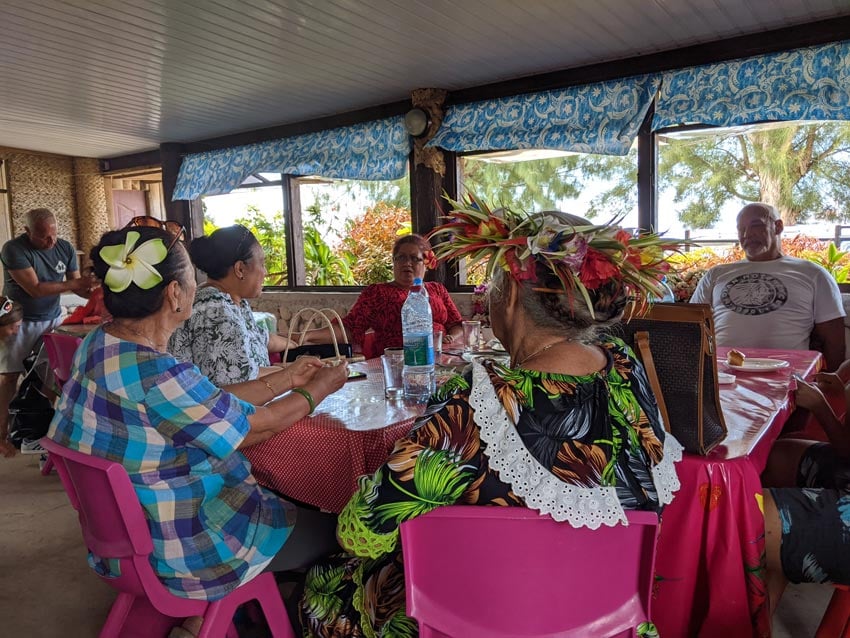
Settling tribes are said to have engaged in unending conflicts and alliances, each vying for absolute supremacy. In 1769, Captain Cook sighted the island during his first Pacific voyage, unsuccessfully attempting to land. Once appearing on sea charts, Rurutu began to receive few European vessels. From the beginning of the 19th century, the island was visited by several merchant ships and whalers. Today, Rurutu is home to about 2,500 residents who live in and around three villages, Moerai (the main village), Auti and Avera.
Rurutu Travel Tips
Listed here are specific travel tips for visitors to Rurutu. Be sure to go through the general Austral Islands travel tips in the previous section.
When to Visit Rurutu?
Rurutu is one of the best places in the world for swimming with humpback whales. Between July and October is the best time to visit Rurutu for swimming with whales. This is also the “dry season” which sees less rainfall but also colder temperatures.
If you like festivals, Rurutu boasts several highlights:
- January: New Years’ Day is the tomora’a ‘are, a day in which villagers visit their neighbors to spread goodwill. It’s essentially an “open house” all around the island and all participating houses are finely decorated with the best that springtime has to offer. A few days later, the tere ‘a’ati begins. It is an “island tour” organized by each of the three villages with a day or two to recuperate between. An elder will recite the history of his village as his posse goes around the island, teaching the significance of the sites visited along the way to the younger generation. In each of the visited villages, locals engage in the traditional sport of stone lifting. The men’s record is said to be over 200 kg and the women’s stands at a respective 72 kg.
- May: three weekends are reserved for the mē, a religious celebration held to raise funds for the Protestant church.
- July: the Heiva festival is in full swing in Rurutu with two weeks of fierce competition between the three villages in the realms of sport, music, dance, craft, and agriculture. The festival is locally known as Tiurai, which means July in the local dialect
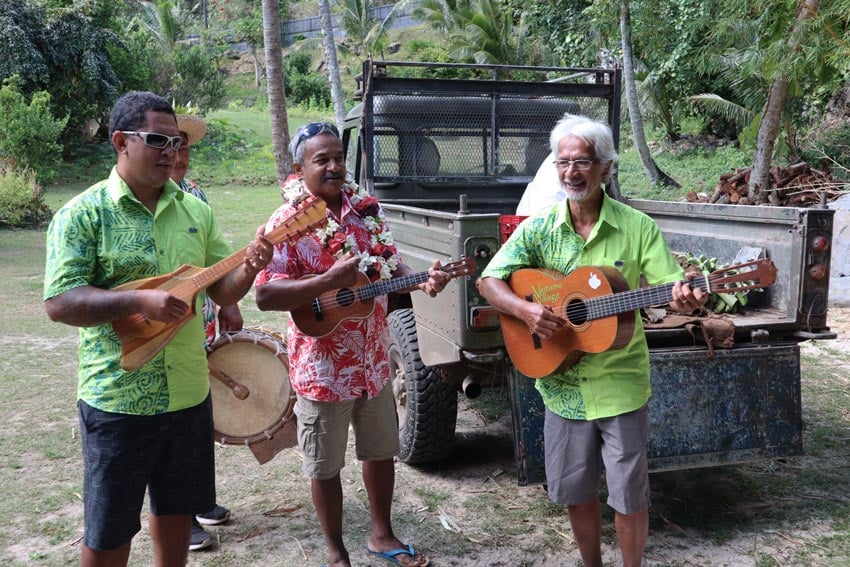
Flying to Rurutu from Tahiti
For the best aerial views of Rurutu, sit on the right side of the plane if flying to Rurutu from Tahiti.
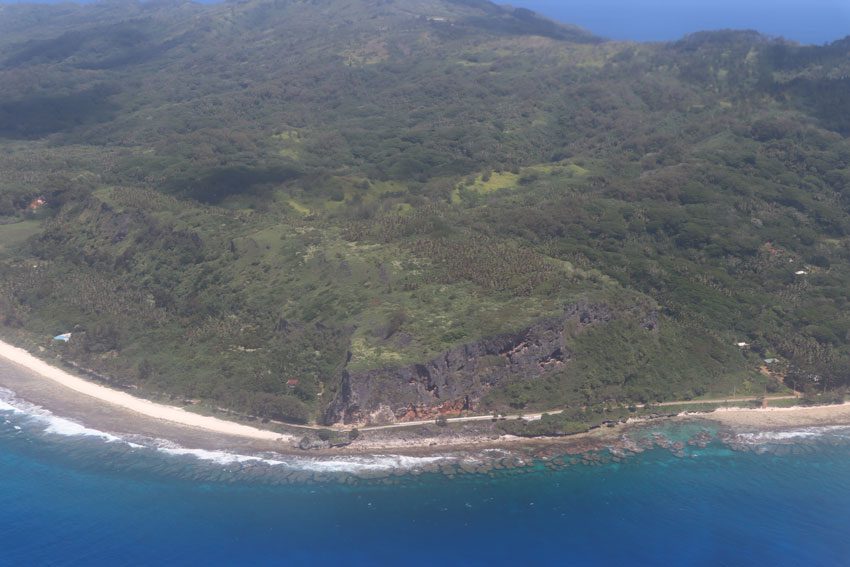
Where to Stay in Rurutu?
Pensions and lodges are spread around the northern section of the island. The Manotel is just south of Moerai and Pension Teautamatea is on the grounds of marae Tararoa, the most impressive remains of an ancient ceremonial site. If you’re looking for a simple stay, Heiata Guesthouse offers four rooms on the top floor of a family home in the main village of Moerai.
I stayed at Vaitumu Village and highly recommend it. Looking back, it’s one of my top picks in French Polynesia. The family-friendly lodge is located just south of the airport along the west coast, perfectly situated for sunset views and whale watching. The lodge started as Pension Rurutu back when the airport opened in 1983.
Vaitumu Village manages to retain a local charm while offering many pampering features that you wouldn’t expect to find in such a remote location. Credit cards are accepted, island tours are offered and excursions can be arranged, there’s a bar, swimming pool, car/quad bike/bicycle rental, and delicious meals are offered with many local dishes to sample. It’s best to stay here on a half-board basis (breakfast and dinner) and order lunch from the restaurant on a need-to basis. On Sunday’s live music is played and a traditional meal is cooked in the ahima’a (underground oven). Extremely slow WiFi is available in the main building but consider yourself lucky to even have this luxury.
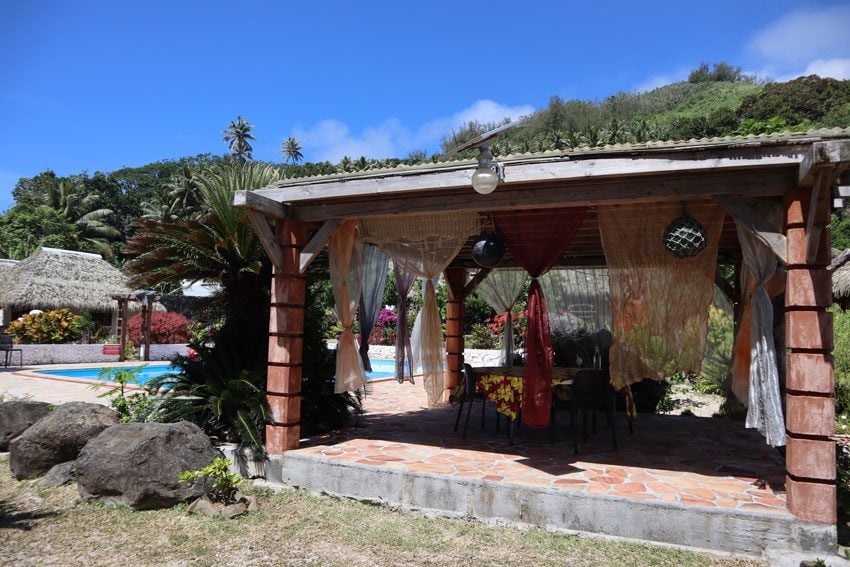
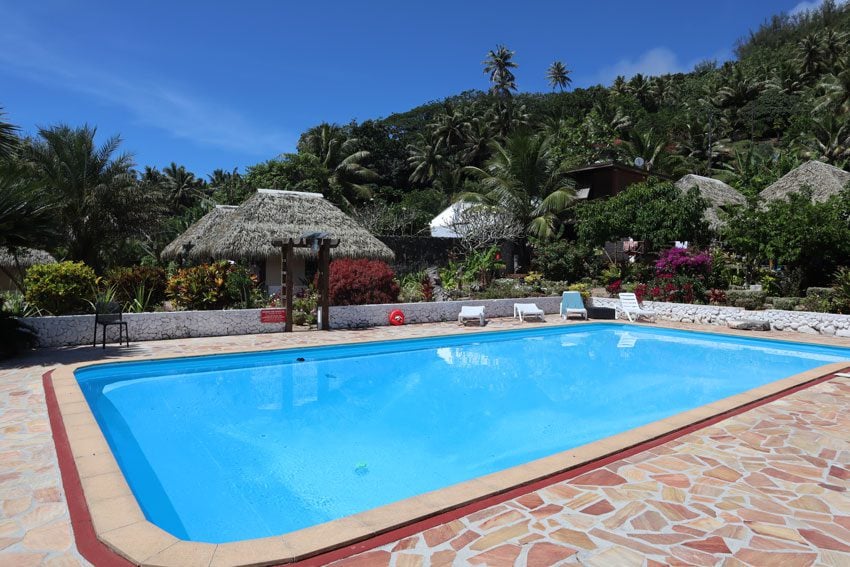
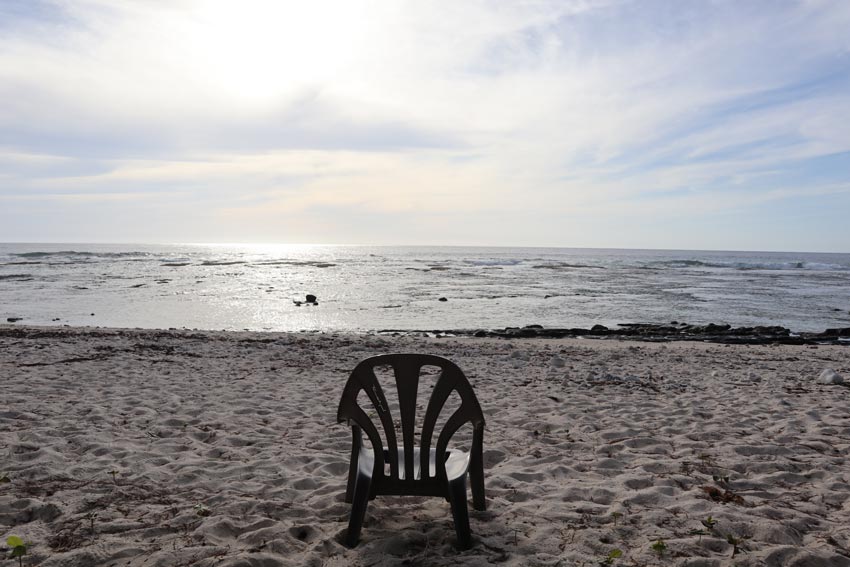
Bungalows are nestled around a swimming pool and an immaculately-kept garden teeming with gardenia and pomelo. Rooms are large, cleaned daily, and are traditionally decorated with pandanus, coral bricks, and woodwork featuring traditional motifs. Water is safe to drink from the tap and hot showers are a thing of a norm. I especially remember the pampering sounds of the ocean waves crashing on the reef at night. I would wake up from time to time during the night and just pinch myself at just how magical my stay is here.
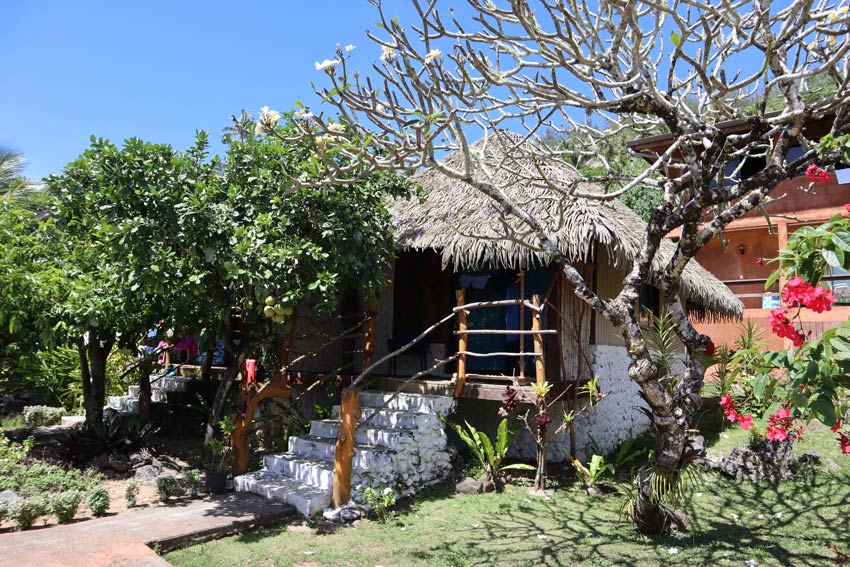
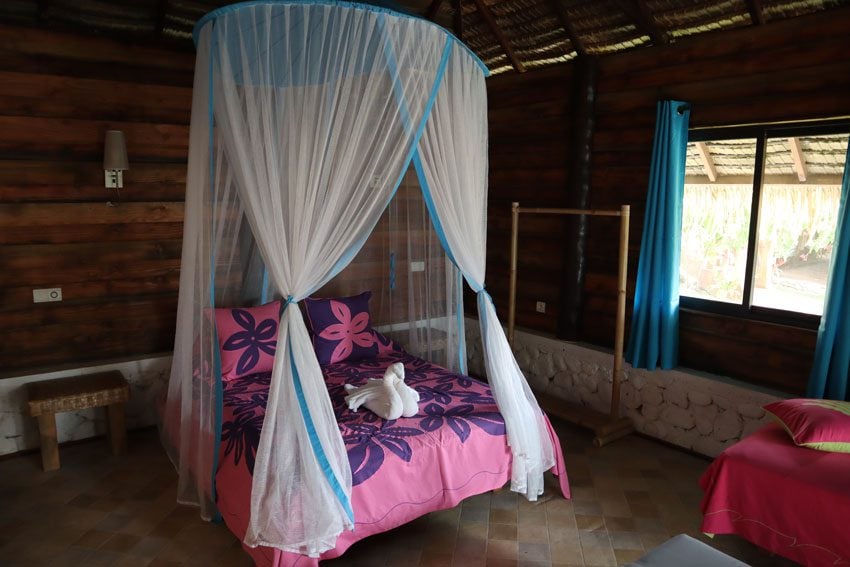
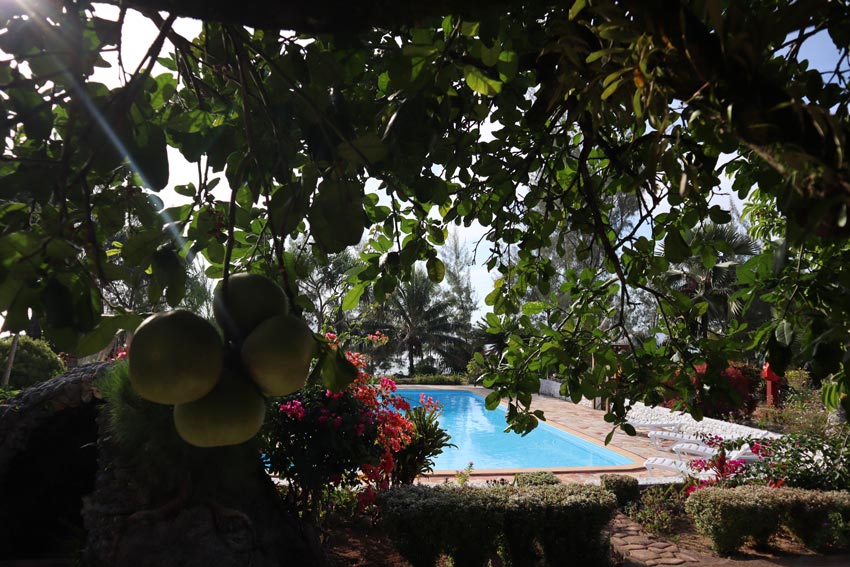
Getting Around
There is no public transportation in Rurutu. Your hosts will pick you up and drop you off at the airport (free or for a small fee) and the same goes for whale watching excursions and other organized tours. A 30 km circle island road is flat apart for a few steep sections. For DIY sightseeing, you can rent a car for the day, bicycle, or hitchhike. Just be aware of sunset times.
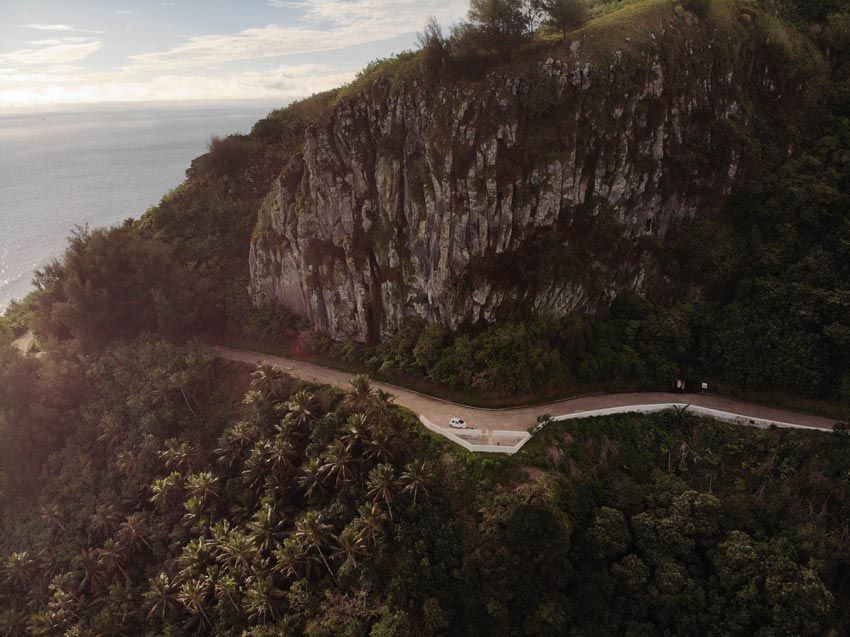
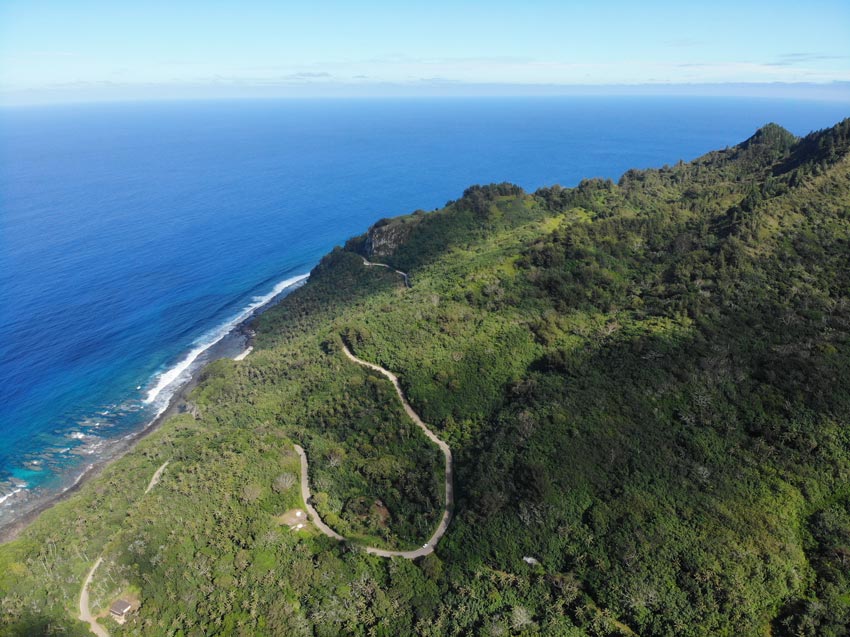
Money
Rurutu has an ATM in the bank branch in the main village of Moerai.
What to Buy in Rurutu?
The “mammas” of Rurutu are famous throughout the island for their craftwork, in particular for woven hats, mats, bags, and other life essentials made from pandanus. Traditional patchwork blankets, known as tifaifai, are also unique to the Australs. These can be purchased at the artist markets in the airport and in Avera village (hats sell for about $30-40). Locally-grown vanilla and coffee are other options to consider.
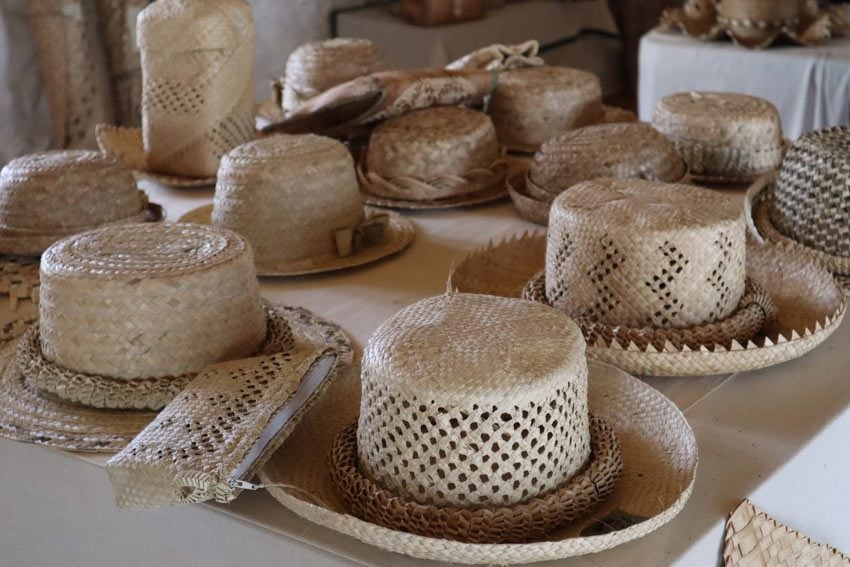
Safety
While some hikes can be done without a guide, it is strongly advised to hire a guide on a shared or private basis if you wish to explore the caves. Trails can be hard to track, it can be slippery, certain sections require “know-how” and the coral rock is as sharp as a razor so things can go wrong. As far as swimming, be sure to ask before entering the water. It should generally be safe to swim inside the lagoon apart from a few sections affected by currents.
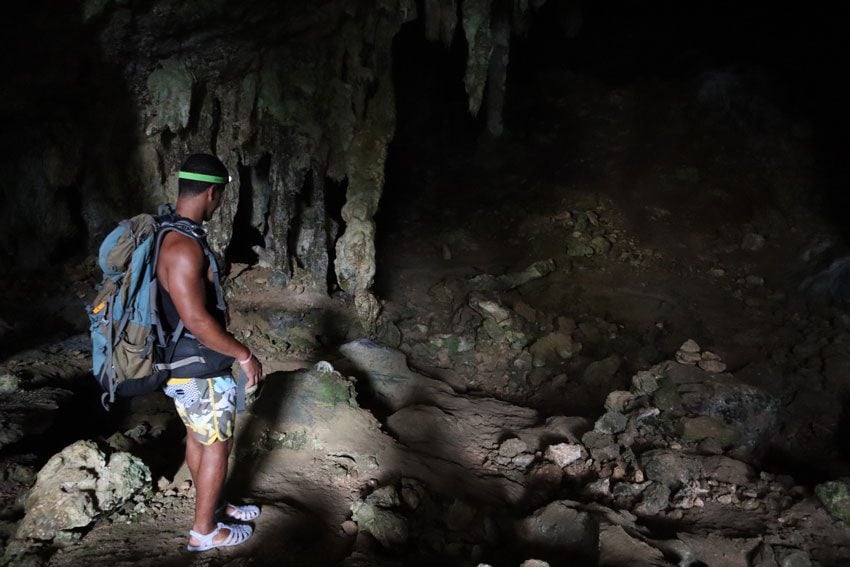
Things To Do In Rurutu
All the following spots are highlighted in the Austral Islands travel guide map. I also recommend reading this Austral Islands itinerary to see how to put everything together.
Swimming with Whales in Rurutu
Swimming with whales is the top thing to do in the Austral Islands. The main reason visitors come to Rurutu is for this activity and it was a memorable experience. Every year humpback whales migrate north from Antarctica to give birth and to mate in the warm Polynesian waters. Their journey takes them via the Austral Islands, where they can be observed from late July until the end of October. Rurutu is renowned for the quality of whale-watching because the whales are easily observed close to the coast and due to the island’s clear waters. The whales are treasured by islanders and swimmers are instructed to keep a safe distance to keep the disturbance to a minimum and to avoid aggression by mothers and males.
I went swimming with whales with Yves Lefèvre from Raie Manta Club. Yves has clocked more hours with whales than practically anyone in French Polynesia, having even worked with Jacques Cousteau. Yves shared with us that whales migrate to Polynesia not in search of food but rather in search of comfort. There is no abundance of food for them here and the mother will lose 30% of her body weight in a single season before heading back to Antarctica.
We trailed a family that was chilling just outside the reef in Avera Bay. The calf was staying close to the mother, gently rolling from her front to back only then to rise to the surface and dive once again. Very quickly, a male arrived to guard the family.
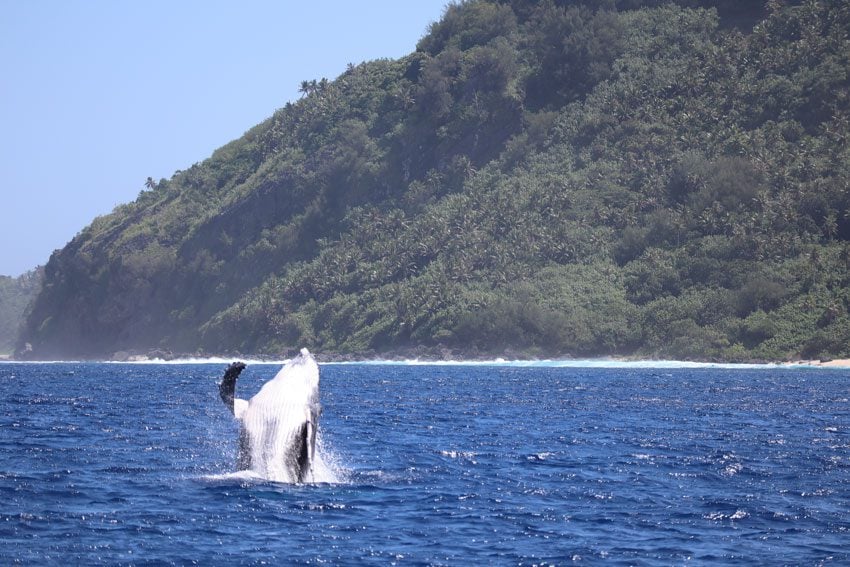
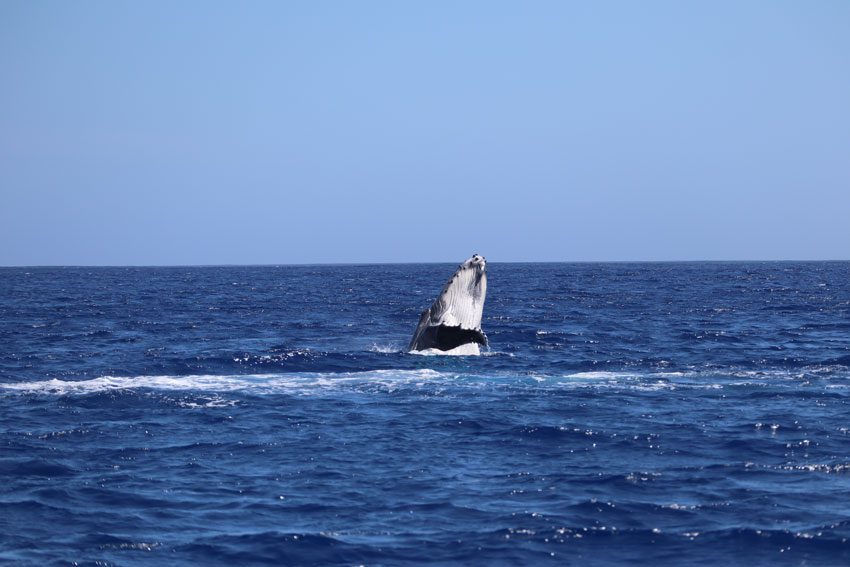
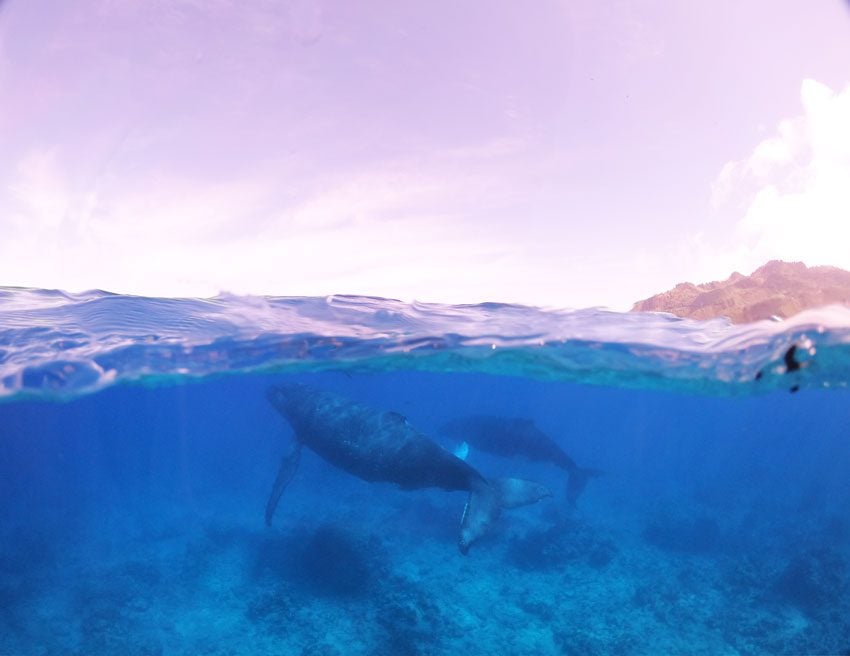
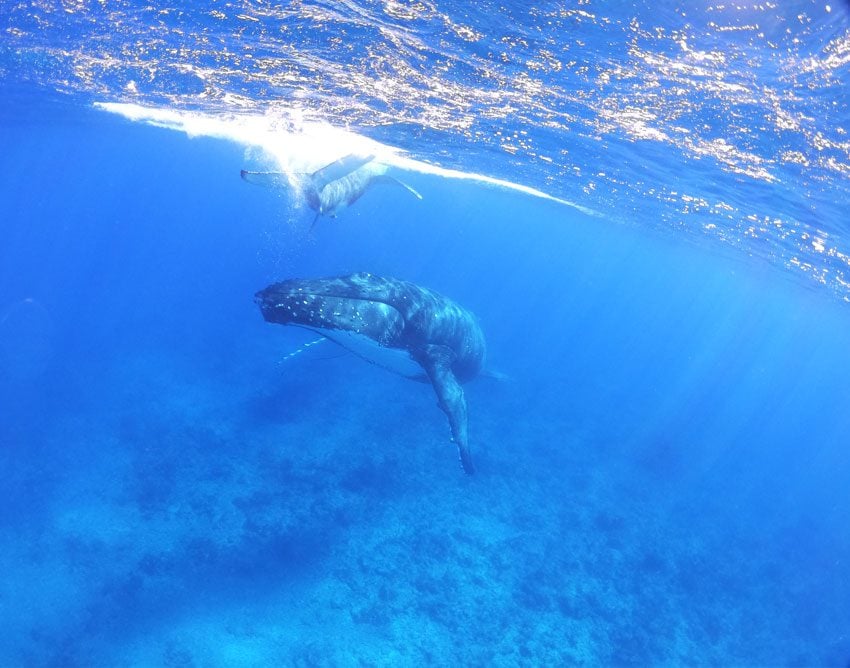
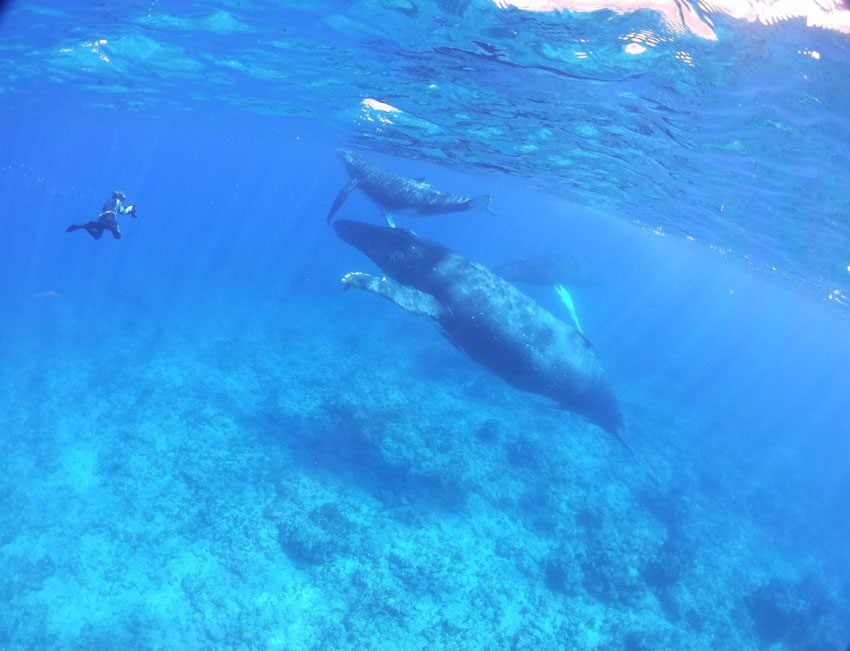
The outing with Raie Manta Club was 12,000 XPF ($120) paid in cash. It was quite expensive but Yves is an expert and we were a small group. There is another supplier that charged 9,000 XPF at the time but groups were a lot larger. Both clubs coordinate their outings and head to separate bays. Altogether, we were out for three hours on the boat. It can be quite tiring swimming from one spot to another but if the distance is great, the boat will pick you up. I spent most of the time in the water and the rest viewing the whales from the boat.
No matter which supplier you choose, I recommend booking this ahead of time and for your first day in Rurutu. Morning and afternoon outings are offered and in some cases, the price drops if you book more than once. I recommend doing a morning tour, see how you feel, and book additional outings. My outing was incredible and sufficient, so I opted to use the remaining days to explore the island. Other guests went swimming with whales every day.
Due to regulations, scuba diving with whales is only possible with rebreathing equipment (i.e. no bubbles can be exhaled).
Monster’s Cave Hike
Besides whales, Rurutu is famous for its caves. Different tectonic movements have uplifted the island’s once submerged coral reef dozens of meters into the air. The huge blocks of fossilized limestone, eroded by rainwater and ocean waves, are now peppered with caves that are richly decorated by impressive stalactites and stalagmites. The most famous cave to visit in Rurutu is Ana Taupe’e, better known as the “Monster’s Cave”.
The Monster’s Cave is reached via a hike along the “lost trail” and it should be done with a guide as sections of it are hard to find and can be tricky to traverse. I went hiking with Aivanaa Vanaa and his son. My hosts at Vaitumu Village helped to make the arrangements. The trail begins at low tide on the beach of Auti Village where you can clearly see the raised coral to your left and a large coral cliff dotted with caves ahead of you.
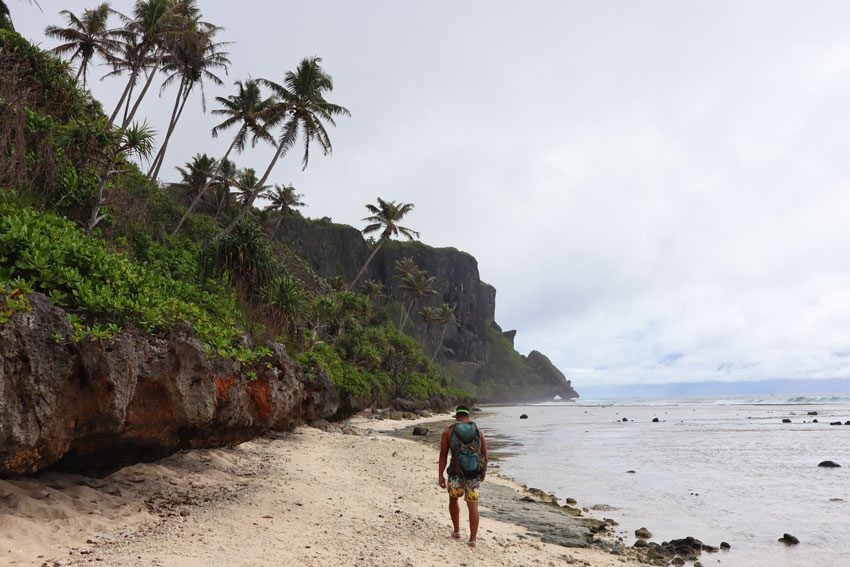
The first cave on the hike is Ana Mōuo, reached after a short walk on razor-sharp dead coral and a narrow path in the bush where Hinano and pandanus are abundant. The cave has a deep amphitheater-like cavern, stalactites and stalagmites, and generous calcium deposits that have formed shapes and patterns over the ages.
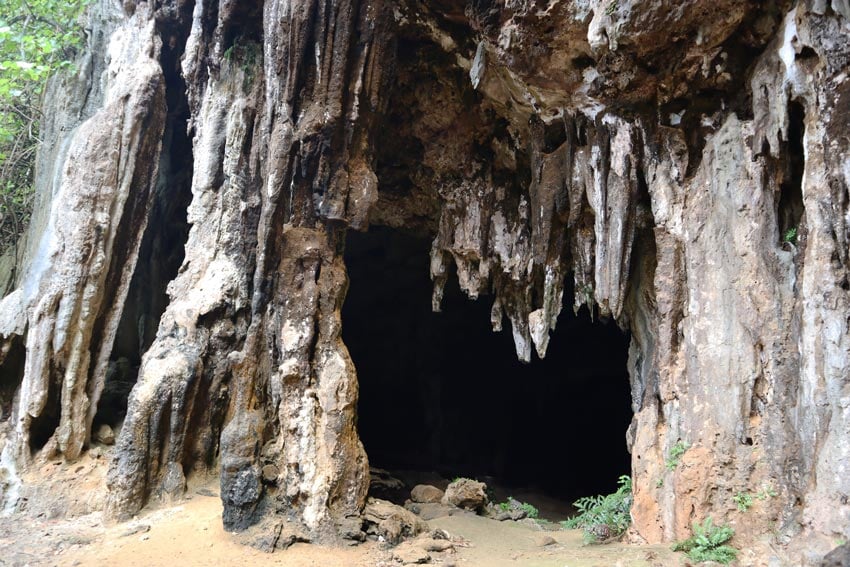
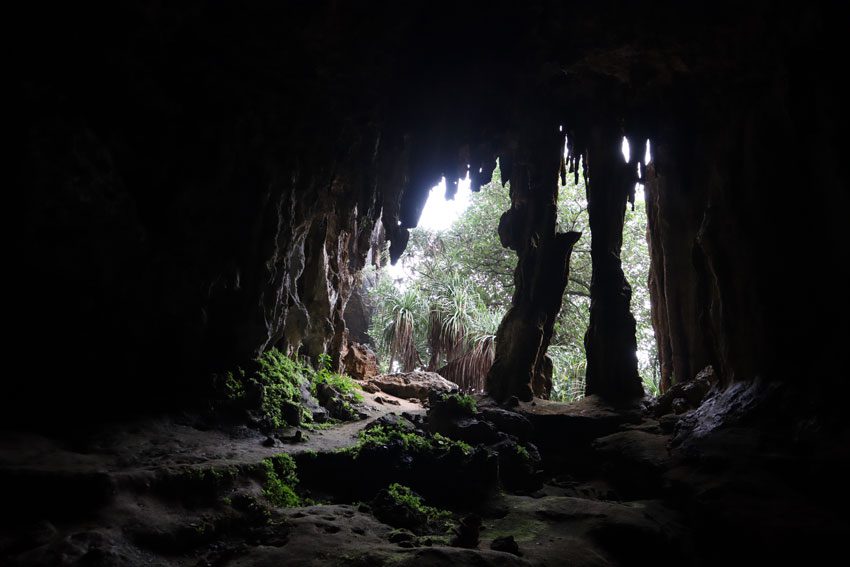
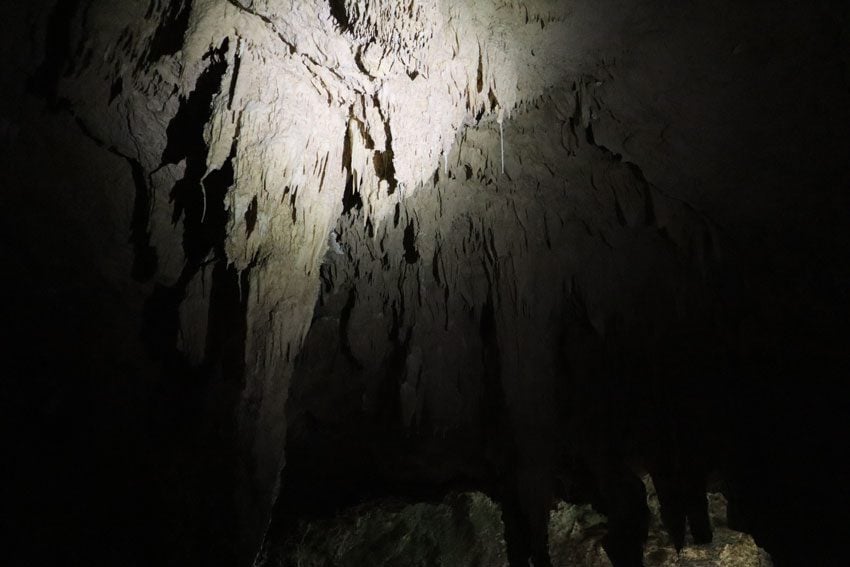
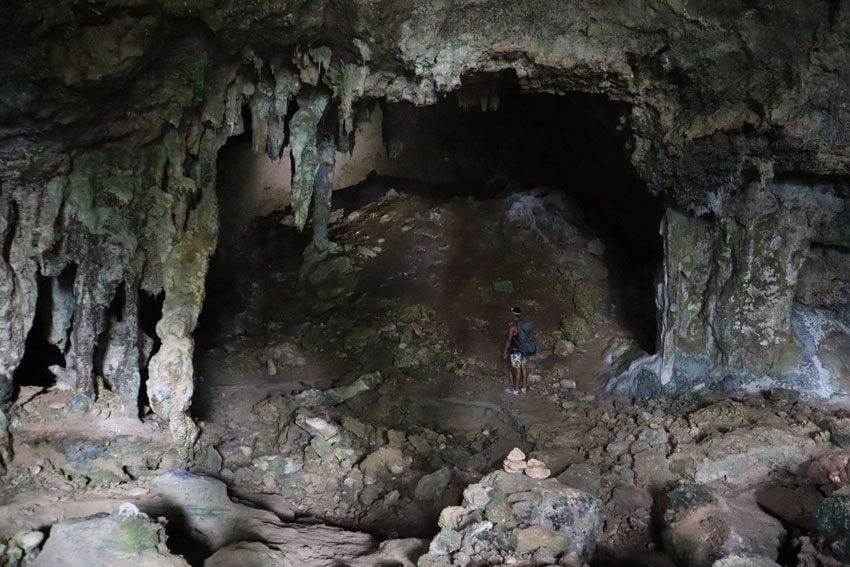
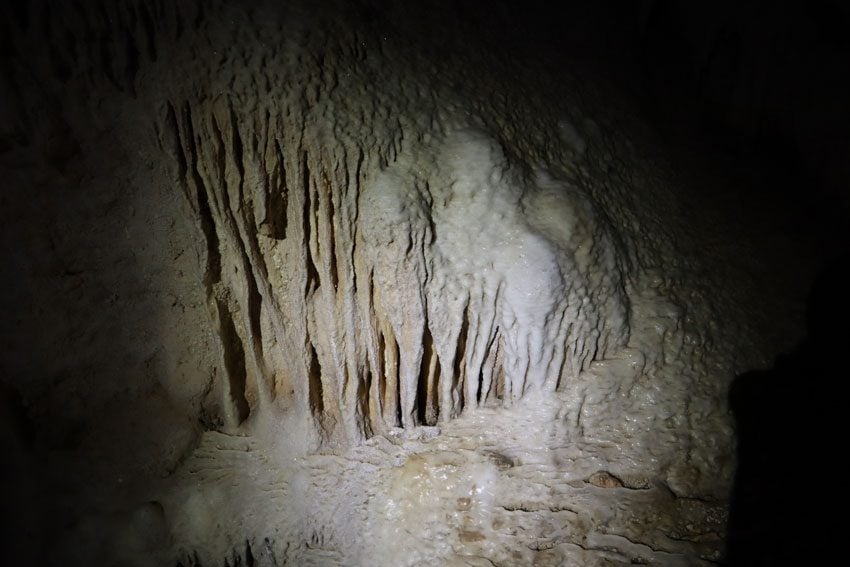
We continue on the lost trail, having to squeeze through boulders from time to time, and eventually reach the Monster’s Cave. Looking at it from the exterior, it’s easy to understand how this cave got its nickname, resembling the full head of a dinosaur or dragon of some sort. Inside the cave, the “monster’s teeth” are to be carefully negotiated. The Monster’s Cave is often featured in publications promoting tourism in French Polynesia, so this is the “money shot”.
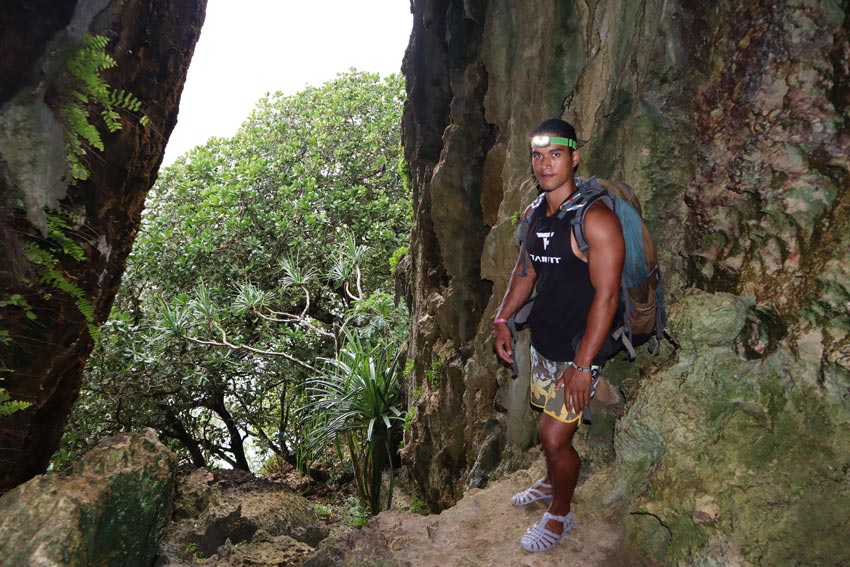
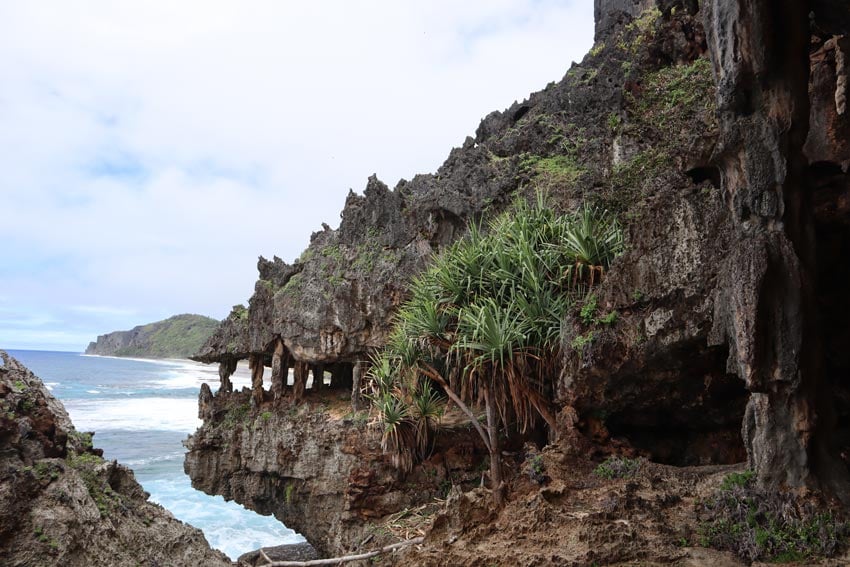
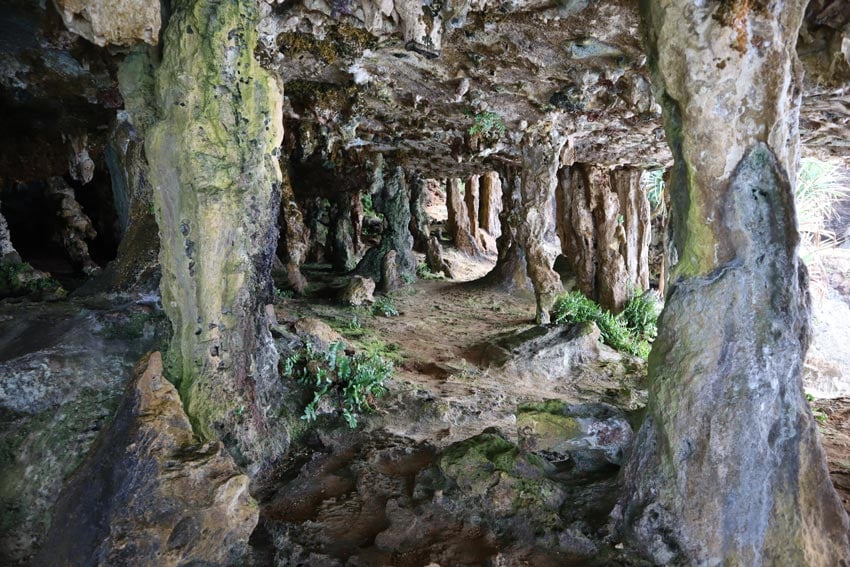
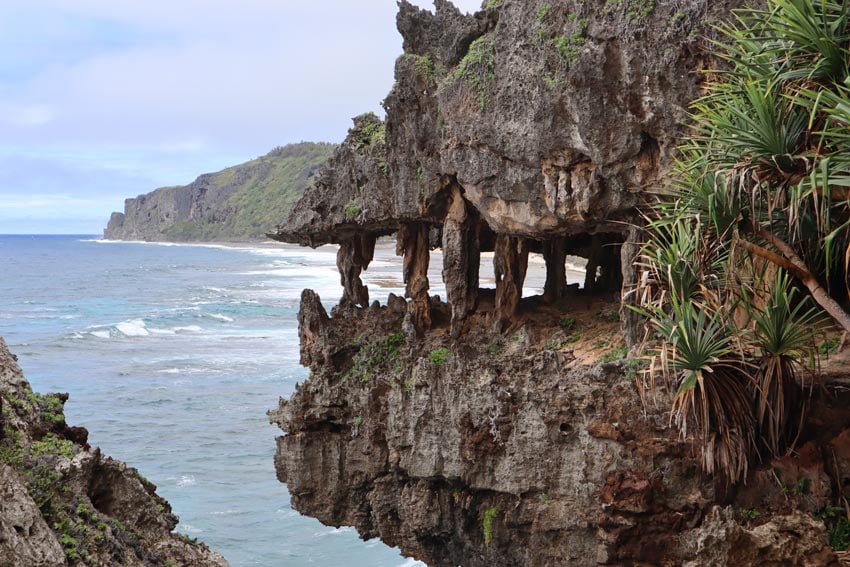
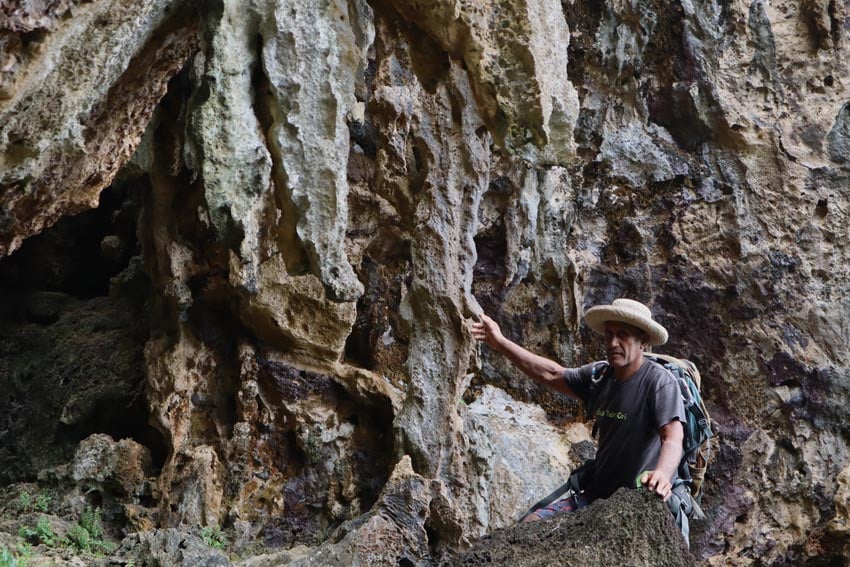
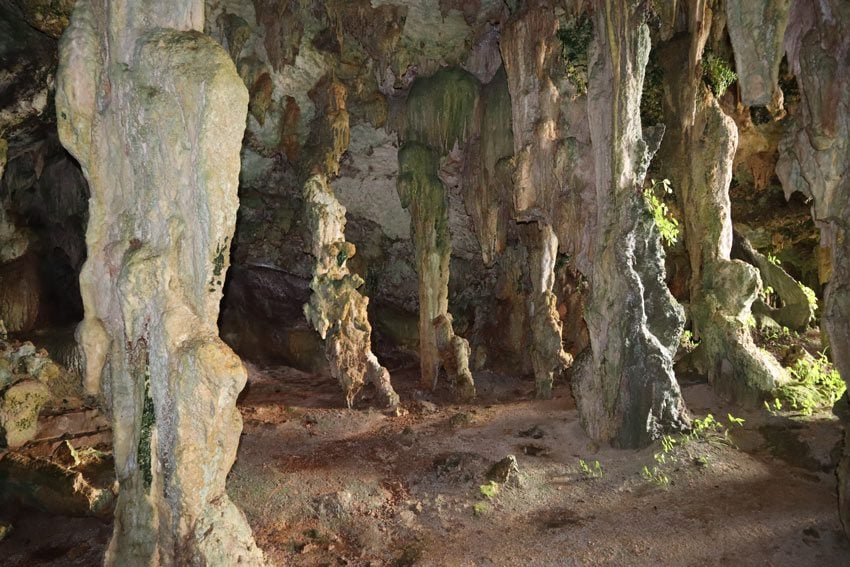
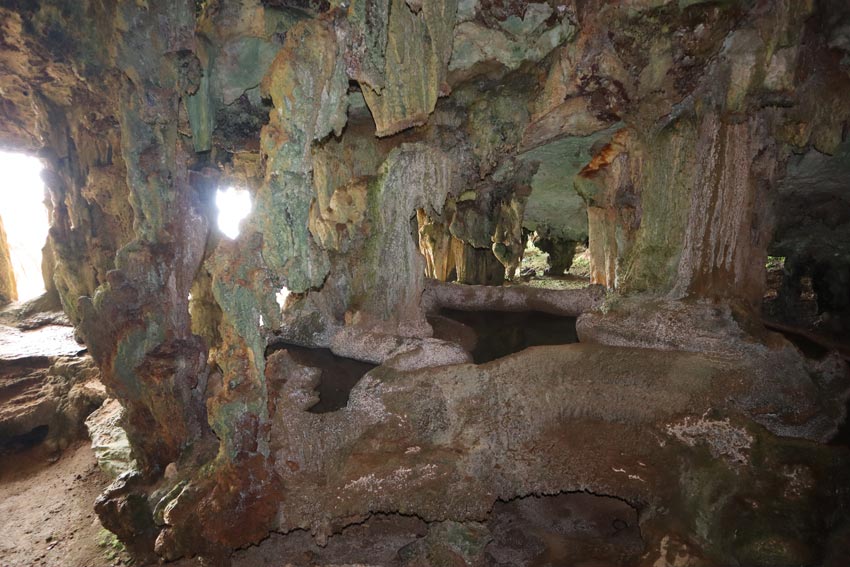
The third cave is known as the “White House”. We reached it after a tight walk along the edge of the cliff with sensational views all around. From the third cave, we started to descend to the beach where we walked at low tide back to dry land not too far from Moerai Village.
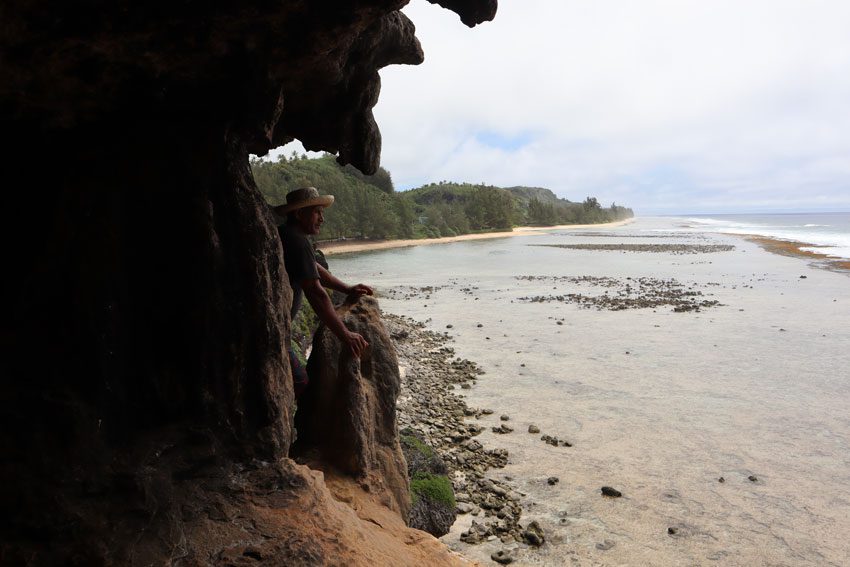
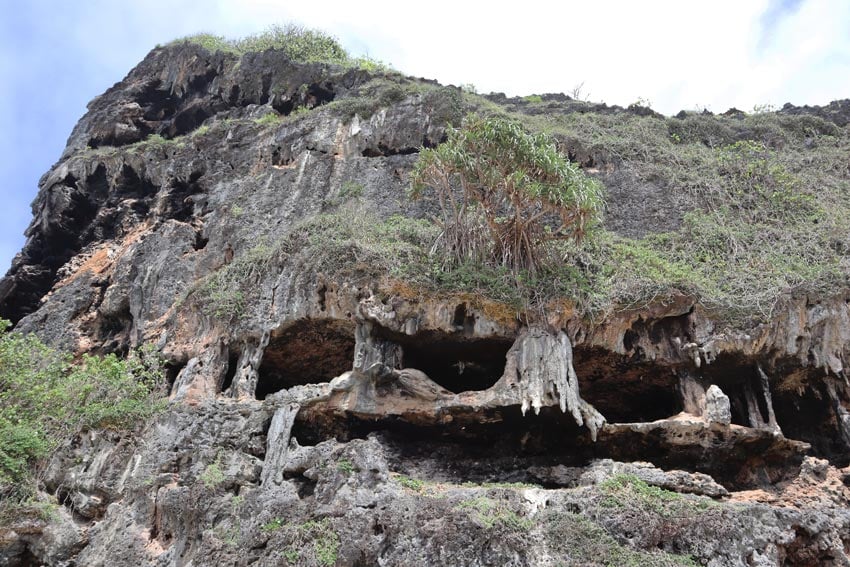
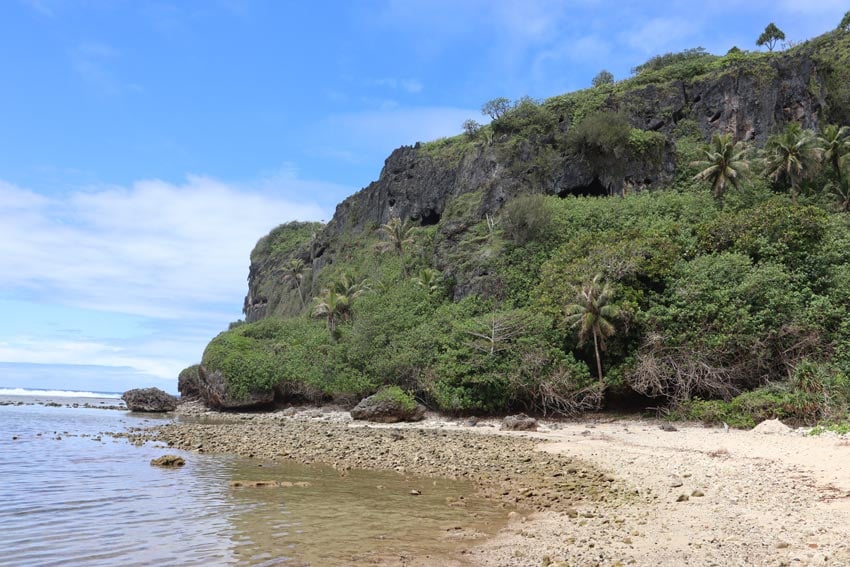
Logistics: it took about three hours from start to finish and we really took it easy. I paid the guide 4,500 XPF but I did have to rent a car for the day as he did not have one (8,900 XPF via Vaitumu Village). It’s best to start the hike with sandals, then switch to hiking shoes as you’re walking on razor-sharp coral, and finish with the sandals as you walk in low tide back to the car. The guide provided protective gloves which came in very handy on the sharp coral. Take extra care when walking, especially inside the caves but not only. I had a deep gash on my head after contact with a sharp boulder. For your safety, do not attempt this on your own!
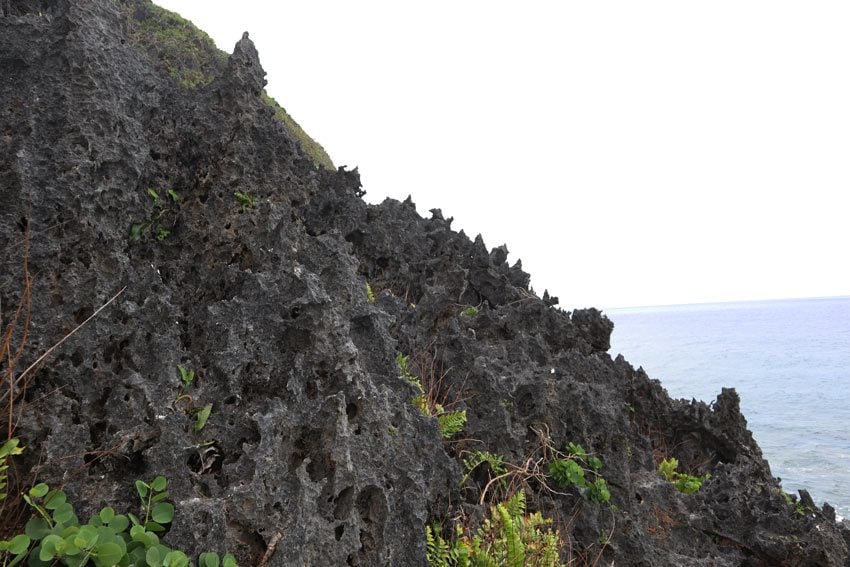
Secret Cave
The Secret Cave is something not too many tourists get to experience and requires an athletic level. I visited the cave with the same guide who took me to the Monster’s Cave. The cave’s entrance is a short distance from Avera Bay Lookout, reached after a short walk in the rainforest.
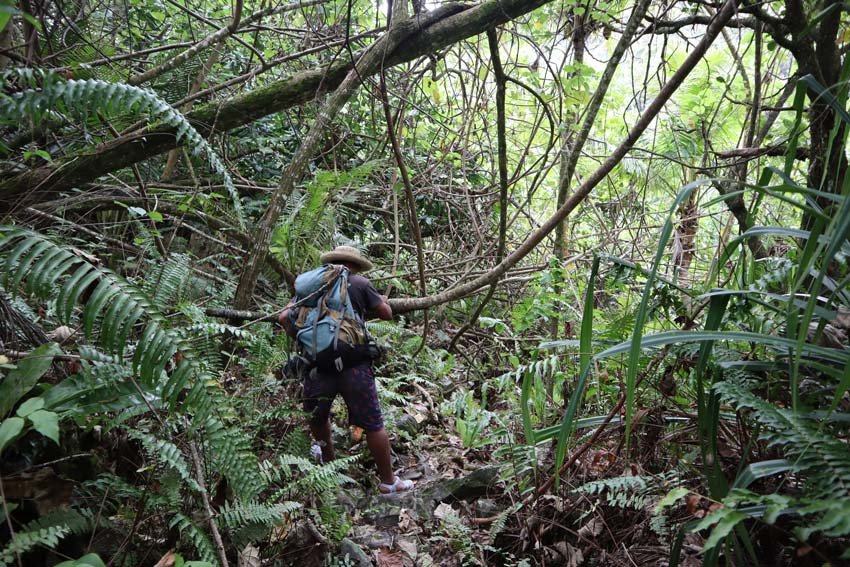
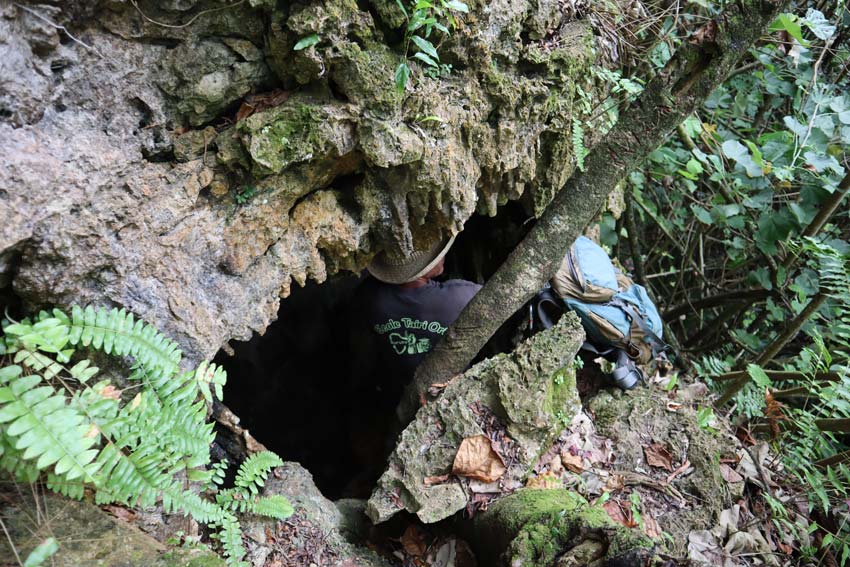
Inside this hole is a whole different world. We ventured deep into the belly of the island. To keep our bearings and make sure we get out, Aivanaa lit candles every 10 meters. Inside the cave, there is nothing but silence, broken only by the sound of drops of water trickling to the ground.
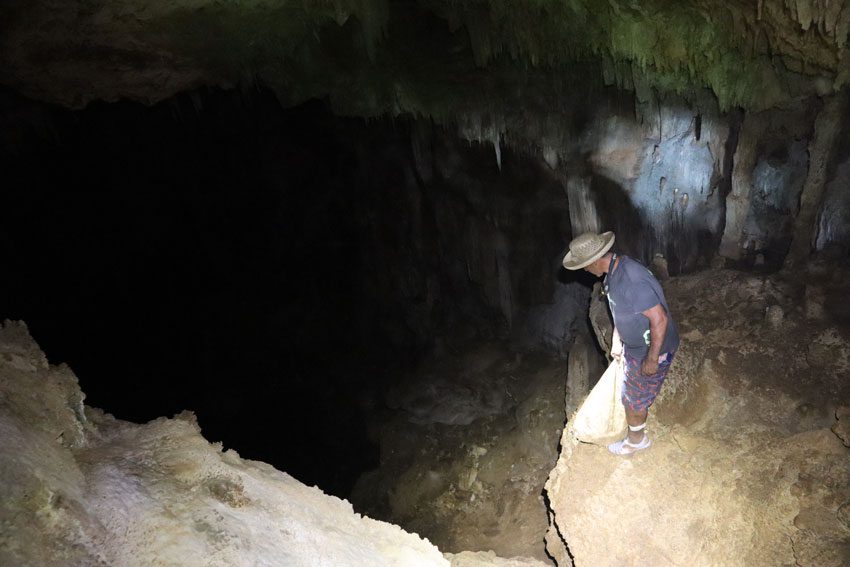
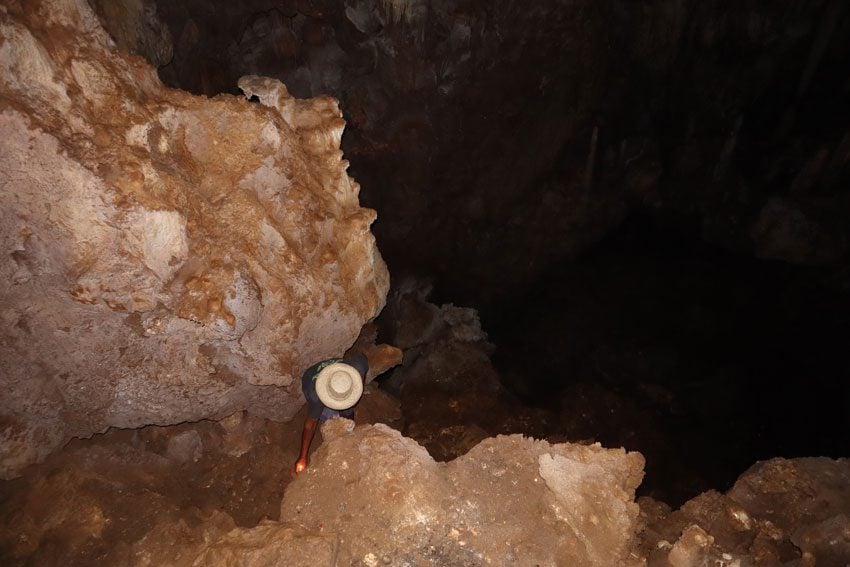
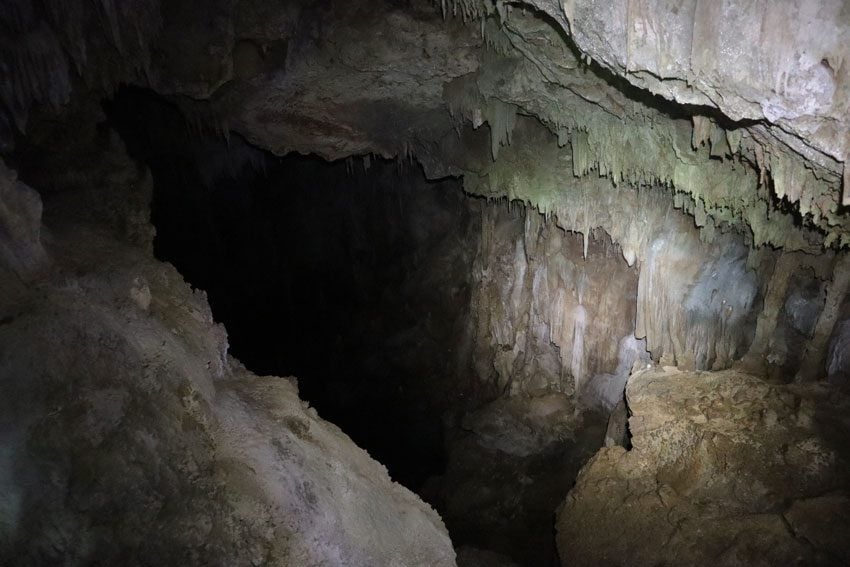
After descending for about 30 minutes, our torches revealed a crystal clear swimming pool at the bottom of the cave. Above it, a vast network of tightly-knit stalactites, razor-sharp and still fed from the rainwater trickling from above. There’s nothing left to do other than go for a dip in a pool that has likely been fed by centuries of rainfall.
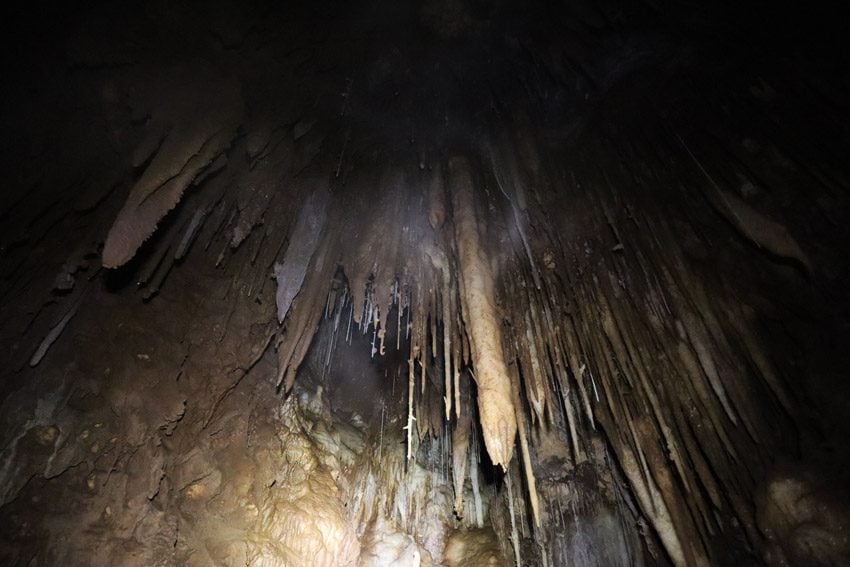
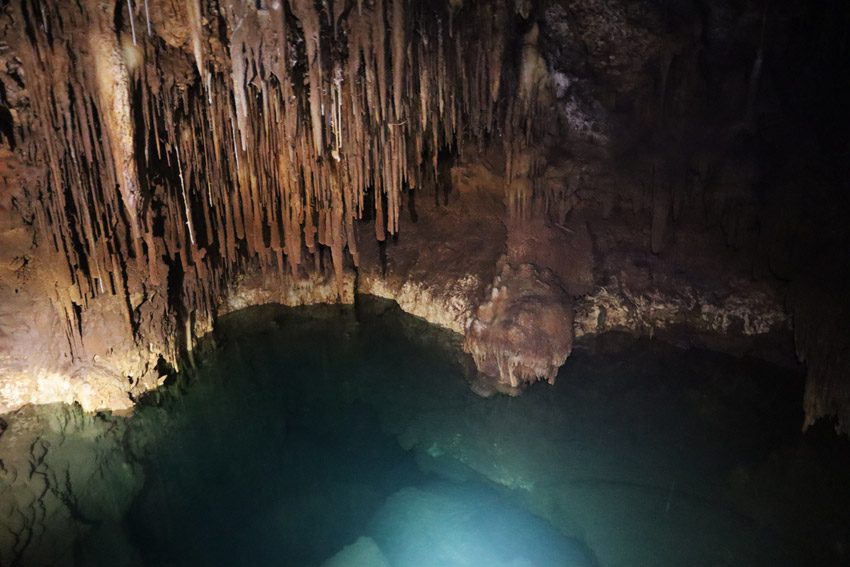
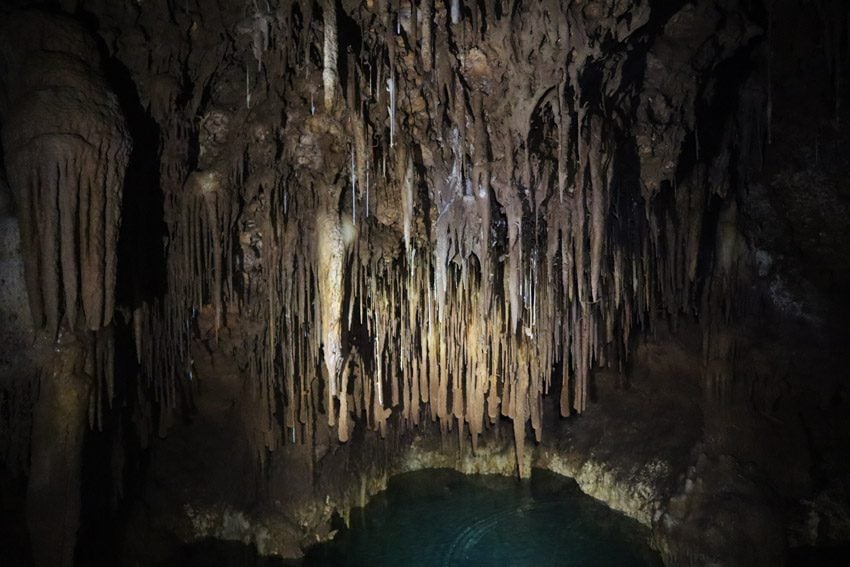
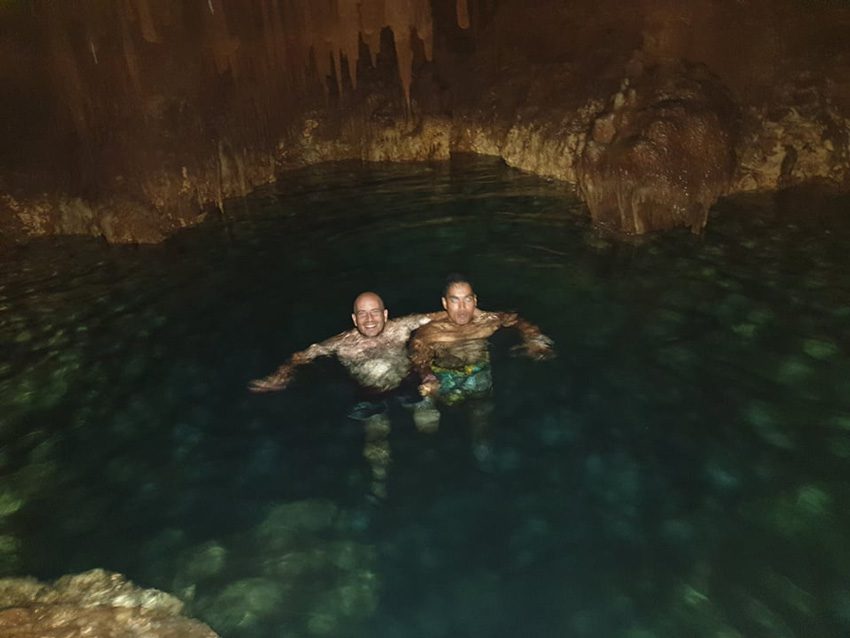
Logistics: it took about two hours from start to finish and it cost an additional 4,500 XPF to see this cave. It can be very slippery in some sections and you’ll use ropes to reach the pool. Bring plenty of water, a small bag, an underwater camera, a headlamp, and wear clothes that you don’t mind getting muddy. Obviously, if you suffer from claustrophobia, this isn’t recommended.
Around the Island
A great way to see the bulk of Rurutu’s main highlights is by joining an island tour. A half-day tour offers ample time to explore the island on its 30km of road. I joined an afternoon island tour offered by Vaitumu Village (4,500 XPF) that left at 13:30 and returned just before sunset (approx. four hours). I could have also rented a car and explored on my own, but the guided tour offered the added value of a local’s perspective and I discovered spots around the island that I later wanted to visit at my own pace with a rented car.
Most, but not all the sites listed below are included in the island tour.
Ana A’eo
Following a visit by the late French president in 1990, this signposted cave is better known these days as “Mitterrand’s Cave”. It’s a large limestone cave with impressive stalagmites and stalactites. When large cruise ships visit the island, cultural shows are held inside the cave.
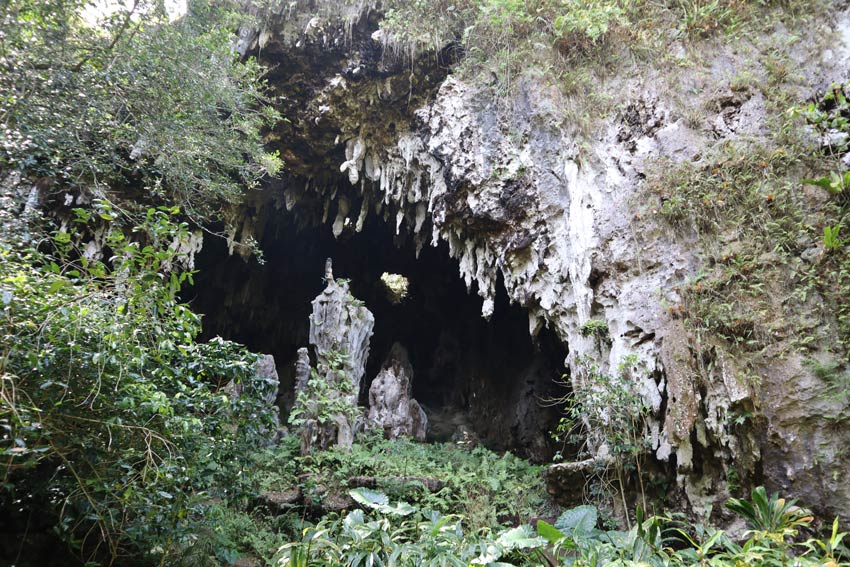
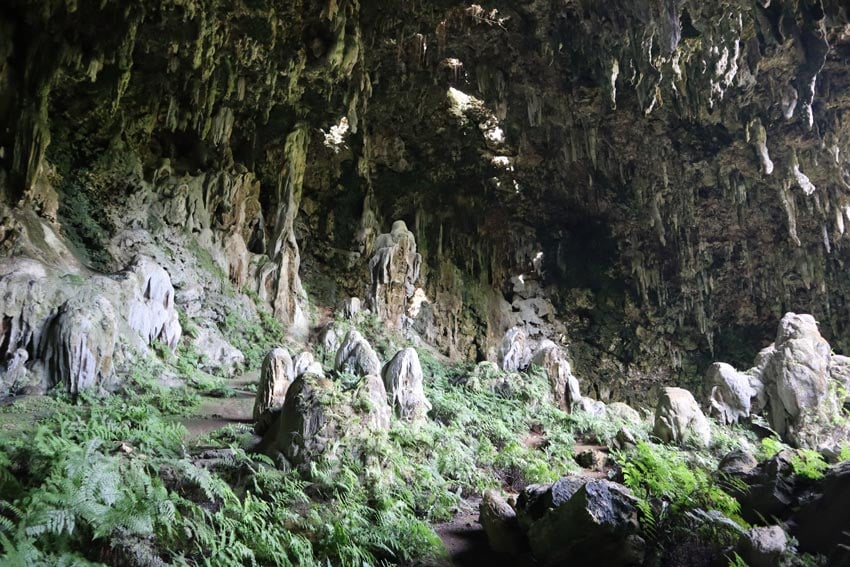
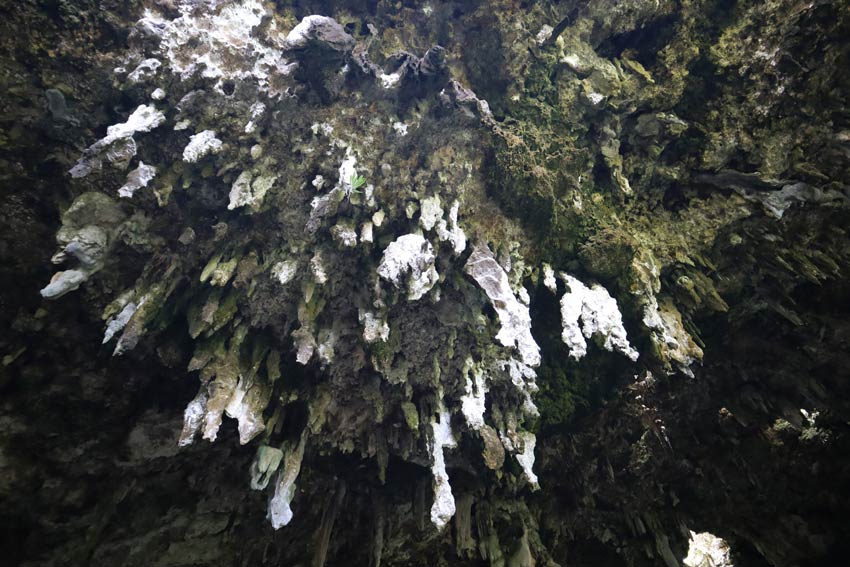
Marae Tararoa
The most impressive remains of an ancient ceremonial site lie on the property of Pension Teautamatea. Ask for permission to enter the grounds and just imagine the powerful ceremonies that took place here back in the day.
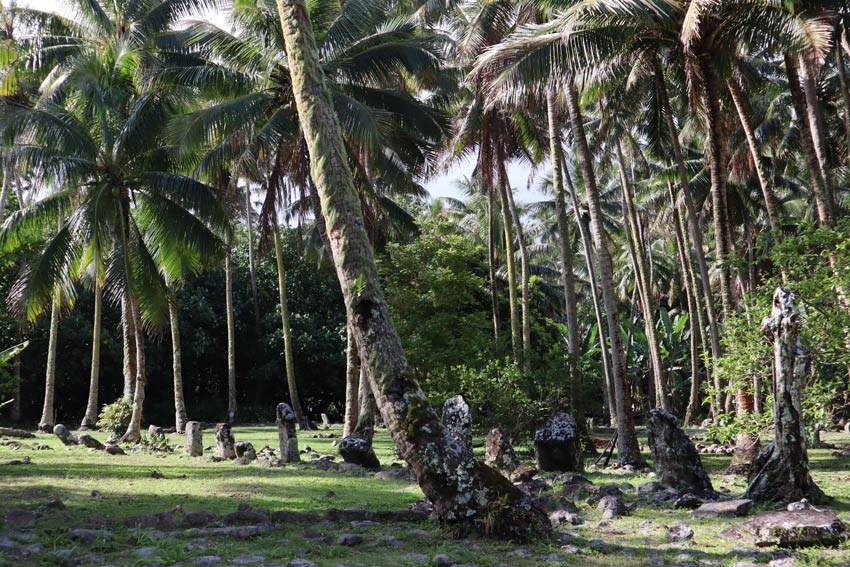
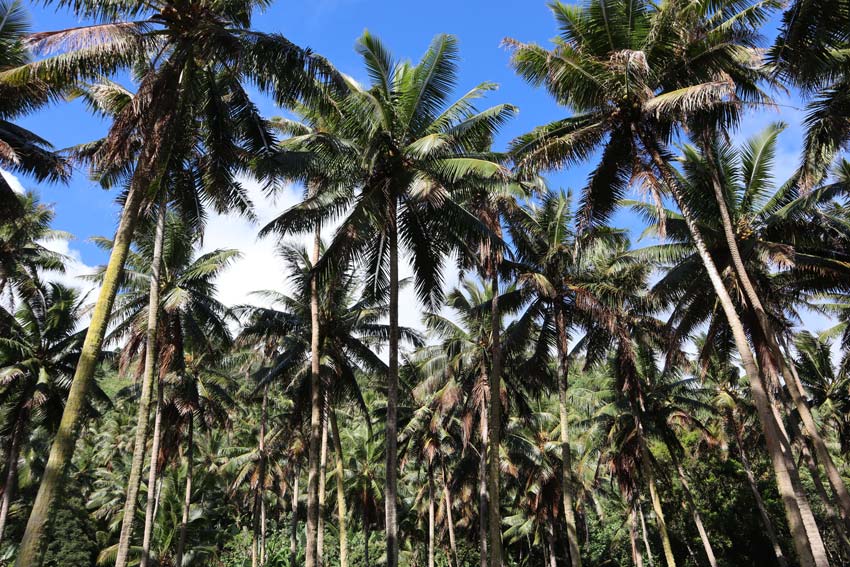
Beach
One of the best swimming beaches in Rurutu is right across from the marae. It’s sandy and the reef breaks just a short distance away so the sound is perfect to calm the soul. The grassy roadside has a few picnic benches where locals love to “chill” when the weather is fair.
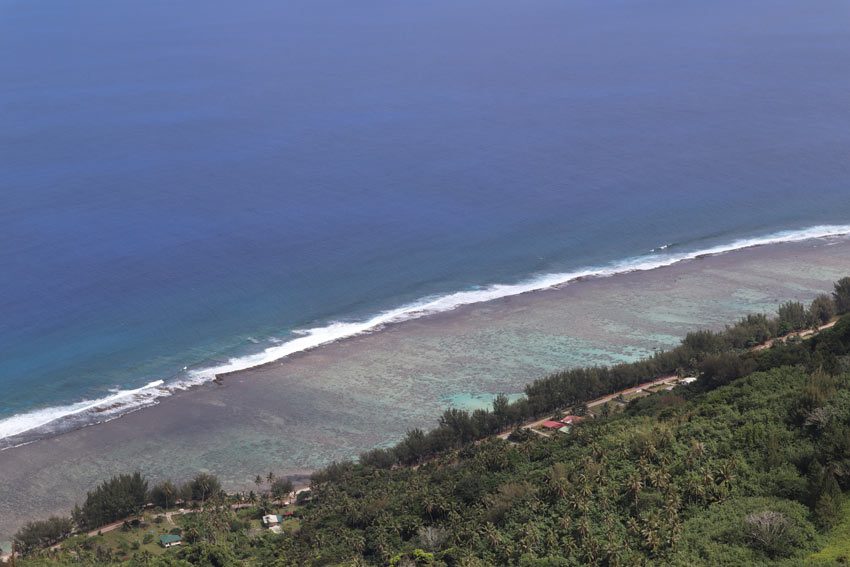
Avera Bay Lookout
Arguably the prettiest section of Rurutu, the Matotea Belvedere beckons a stop to absorb the magnificent views of Avera Bay. Look down and spot a “secret beach” that seems to be shut from the outside world. Our guide told us it’s possible to reach the beach via a path through the rainforest. The “Secret Cave” mentioned in this section is also somewhere here. If you’re not staying on the west coast, this lookout and the beach mentioned just before are both excellent spots for watching the sunset.
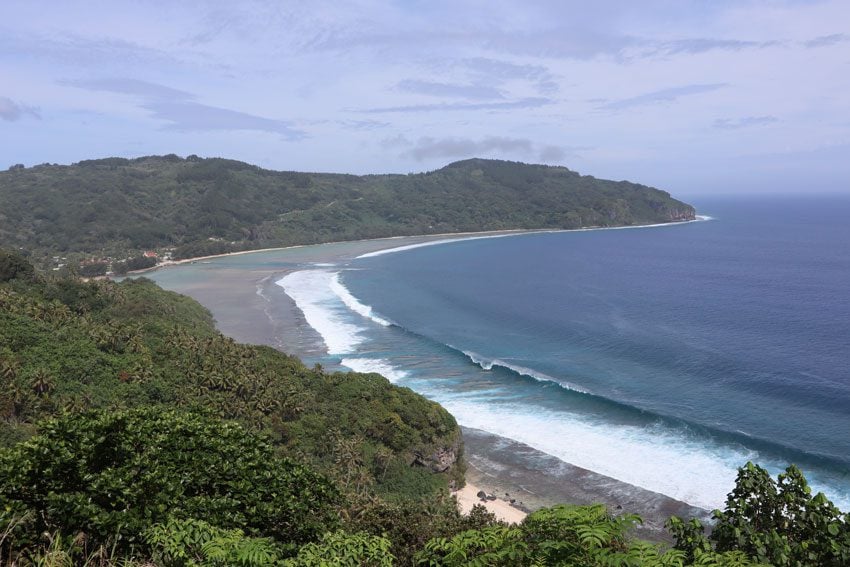
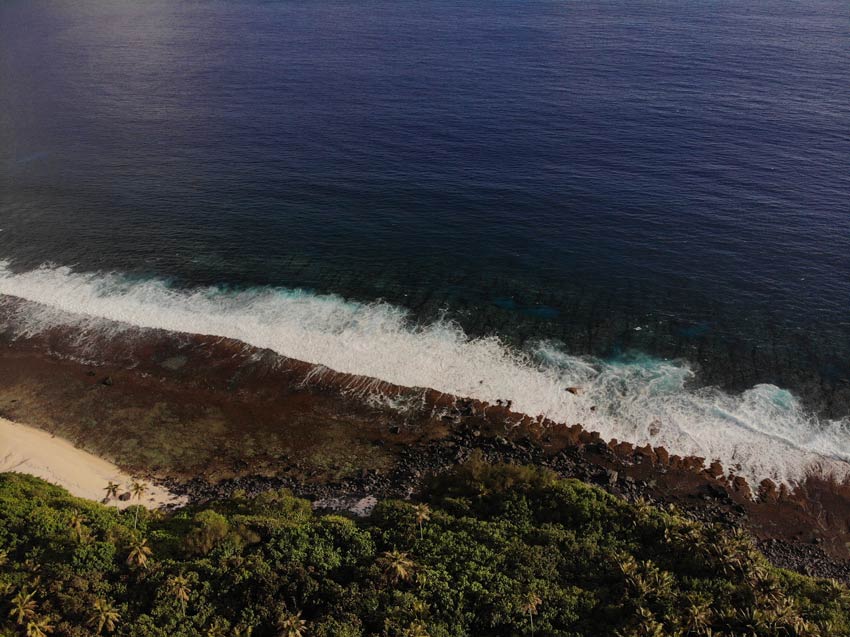
Avera Village
Meaning “ray of sunset”, Avera is an absolute jewel. Its beach is safe for swimming and whales are almost always present in its bay in season. The village is home to a crafts center that is usually open during the week until 3 pm but it’s best to inquire ahead if not visiting as part of a guided tour.
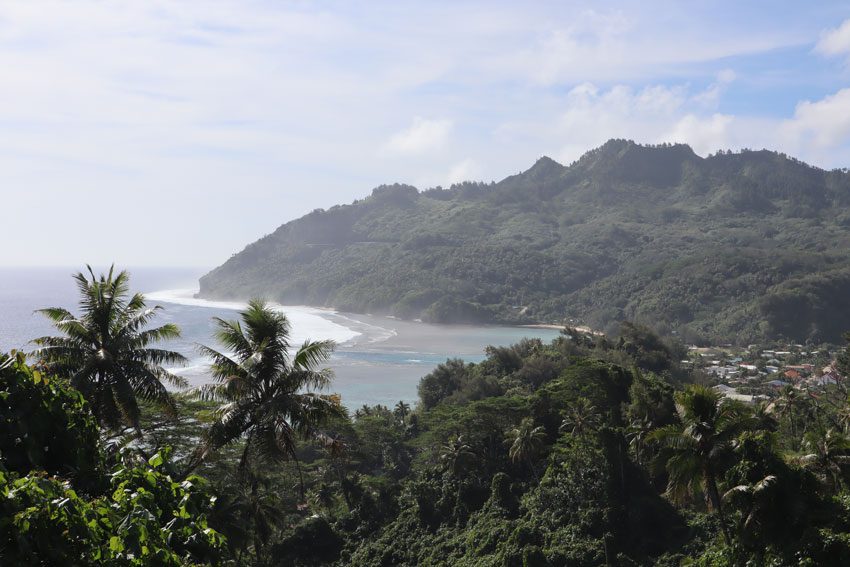
Rurutu is reputed across French Polynesia for hats, bags, and woven mats made primarily from pandanus. The leaves are prepared, dried and sorted, before being cut into strips of varying width, according to the project at hand. Women often still work together in traditional
workgroups or pupu, allowing the transmission of weaving techniques, that require incredible dexterity. Austral Islands woven crafts are highly prized in Tahiti so this is a great opportunity to learn (and purchase) directly from the source.
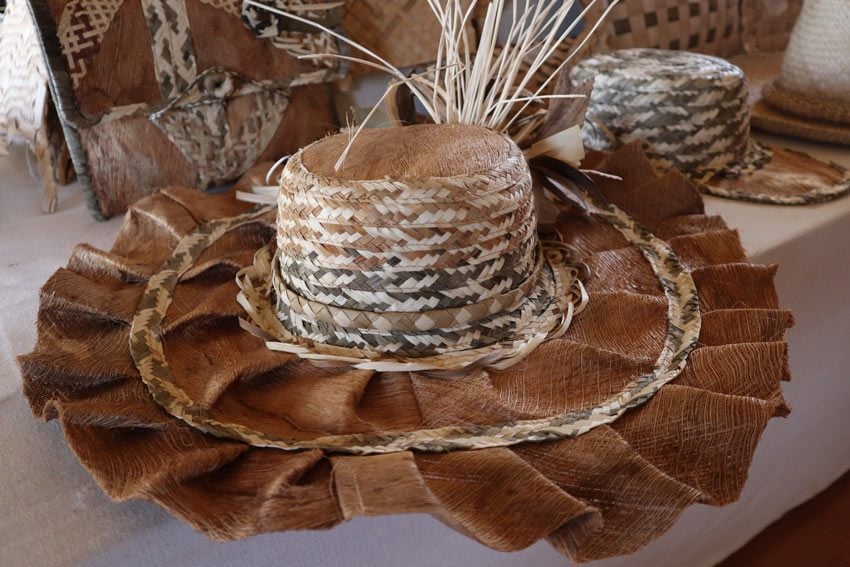
Some items are made with the help of a machine while the more intricate ones are solely woven by hand so inquire before purchasing (hats sell for $30-40).
Taro Fields
Avera Village sits at the mouth of a lush valley where taro is widely grown. This marshy area, irrigated by a network of channels perfect for growing taro. The roots, boiled in water, are an excellent source of protein and are rich in starch and calcium. The cooked leaves can also be eaten as greens. Different varieties of taro can be seen in this particular field, distinct by the color of their stems and color after cooking. Taro is a staple crop in Polynesia, what the potato is for a European. Each family has its own plot, either for self-consumption or for export to Tahiti.
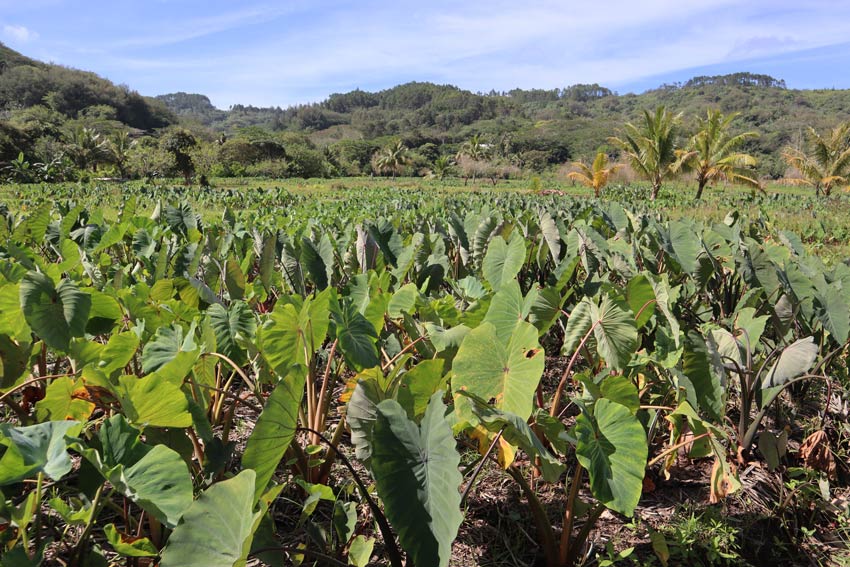
Blowhole Beach
A good whale watching spot, “blowhole beach” is more happening when the swell is strong and water gushes upwards through the small lava tube.
Toa Tara Tara Beach
Locally known as “lovers beach” this is a lovely spot that’s not only romantic but also safe for swimming, even for small children. The beach is located just about where the unpaved road begins if coming from Avera.
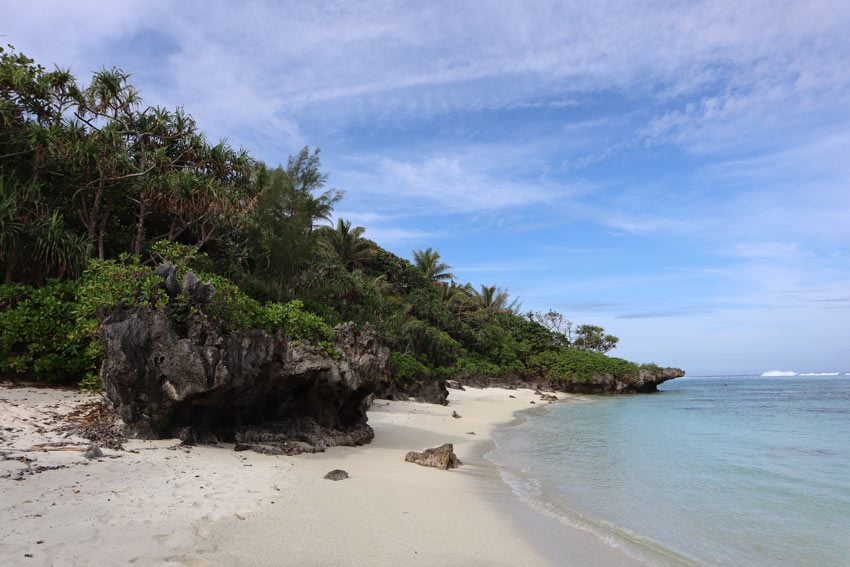
Naairoa Beach
Another lovely and calm spot. It’s the southernmost point of the island and features limestone boulders rising out of the water to add to the vibe. Some might claim the beach is on private land but it is safe to explore.
Marae Poreopi
Meaning “baby shells” in the local language, the creators of this ancient ceremonial site named it after small shells were found at the bottom of the rocks brought over from the lagoon. This marae is claimed to belong to the first people who colonized Rurutu.
Cave Cliff
Not a must but if you fancy seeing a few caves from a distance, continue right at the fork and head to the end of the road.
Naairoa to Auti
This section of the circle island road is unpaved and cuts through a lush forest where everything seems to be growing. It’s quite a scenic part of the journey.
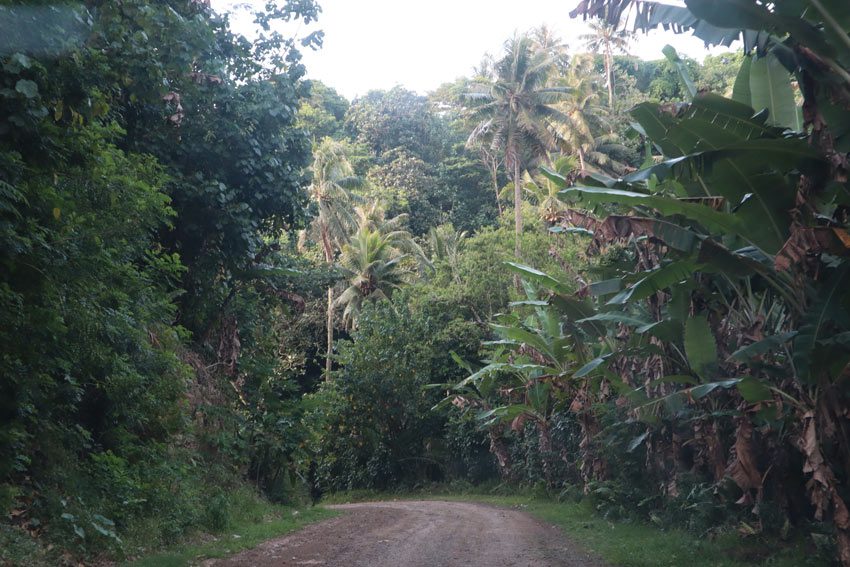
Auti
Nothing much is happening in the village but its wild beach is very scenic and serves as the starting point for the trail to the Monster’s Cave along the “lost trail”. Check out the towering limestone cliff dotted with caves. This was once part of the coral reef!
Moerai
Moerai is the main village in Rurutu and you can certainly feel the lowkey “action” once you enter. Moerai was the place of residence of the last chief of Rurutu. It has a small communal market that’s open from 8 am to 3 pm (not sure on which days), two snacks (local restaurants), grocery shops, ATM, and the first church to be erected on Rurutu, built from coral blocks and lime mortar. Inside the front garden of the mairie (town hall), you can see the lifting stones that are used in competitions during festivals.
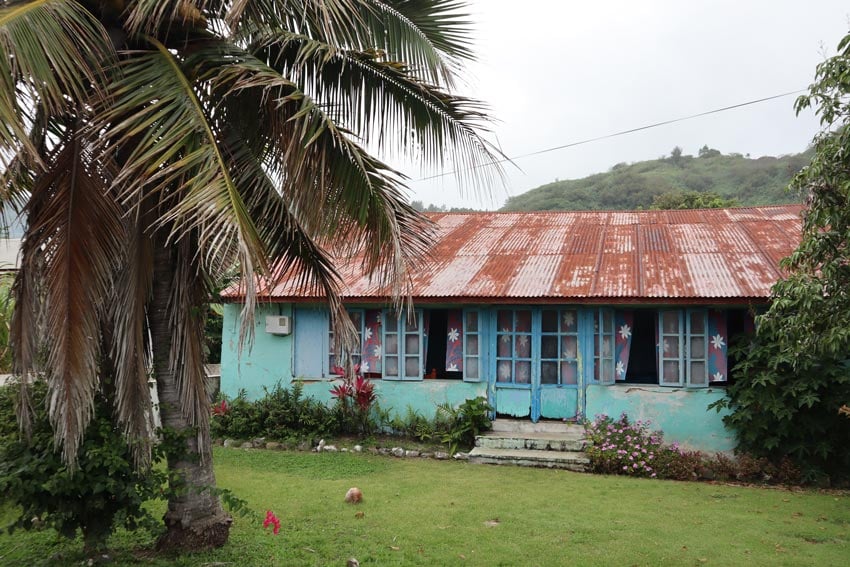
Tropicbird Lookout
Officially known as Tavae, this is a lovely lookout over Moeari. It does require some hiking and instructions on how to get there.
Hiking
There are several hikes you can do in Rurutu but the most famous hike is to its three highest peaks. You don’t need a guide for this hike but you will need a ride to the trailhead and a map drawn by your hosts to find the right path back to the main road, from where you’ll either hitchhike or walk back.
The well-marked trail leads to the peaks of Mount Ta’ati’oe, Manureva (the highest peak at a height of 389m), and Te’ape. At the first summit, there’s a shelter that’s ideal for a picnic, and at the third peak, there’s a lonely bench. All three peaks offer panoramic views of the island and especially of picturesque Avera Bay. If you hang around long enough, you should be able to spot whales breaching the bay’s waters. Also worth a mention is the patch of taro fields just in the back of Avera Village.
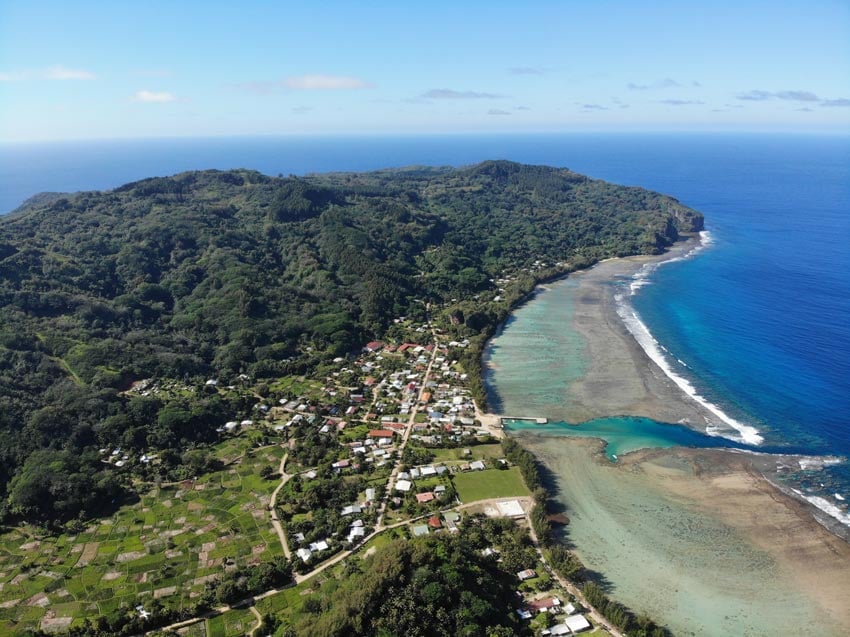
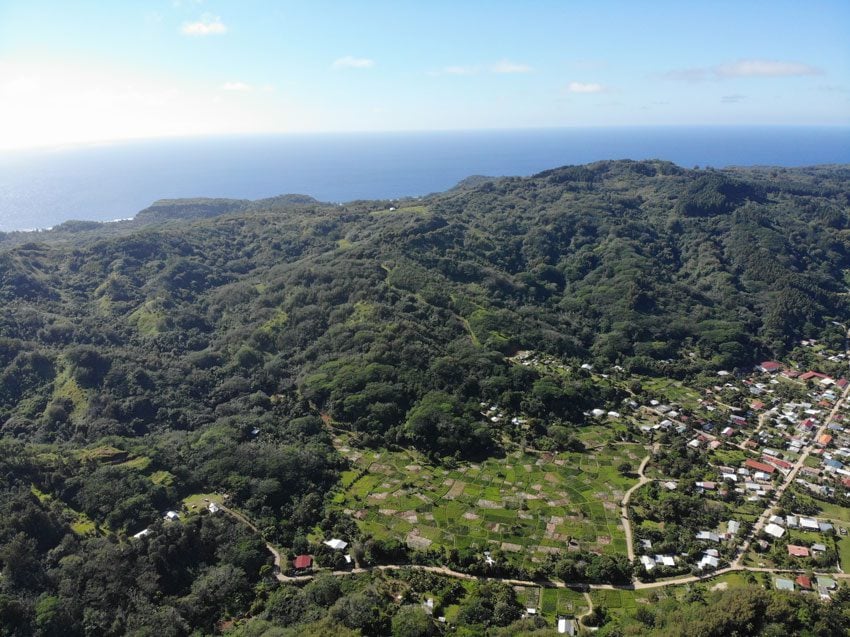
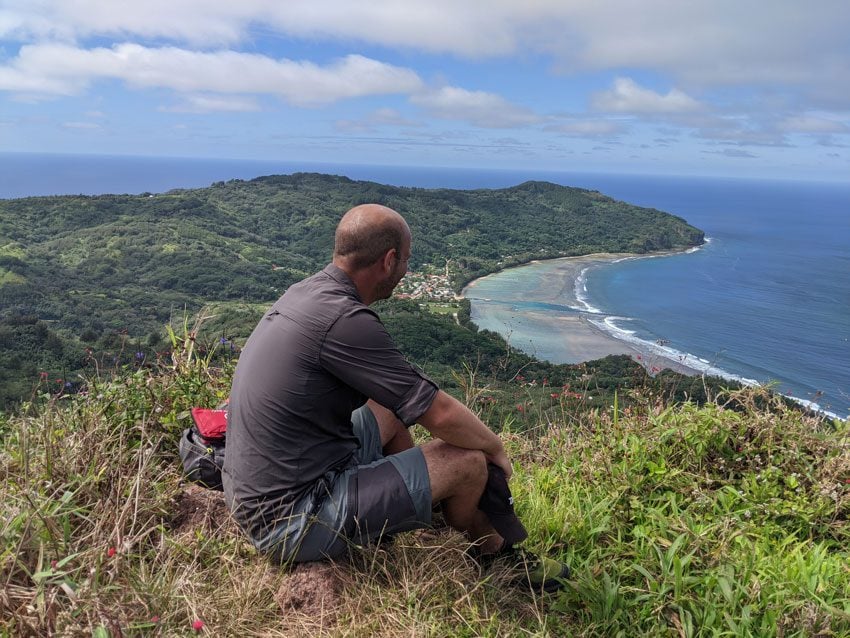
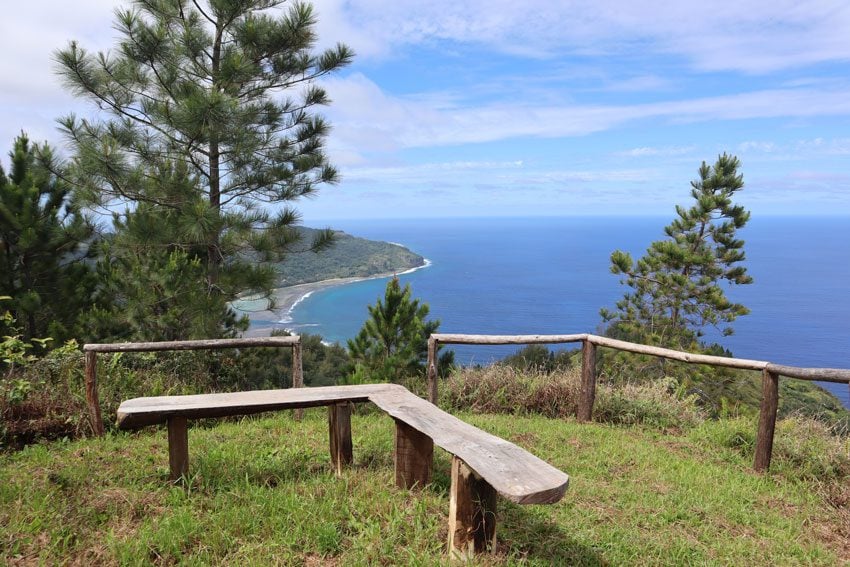
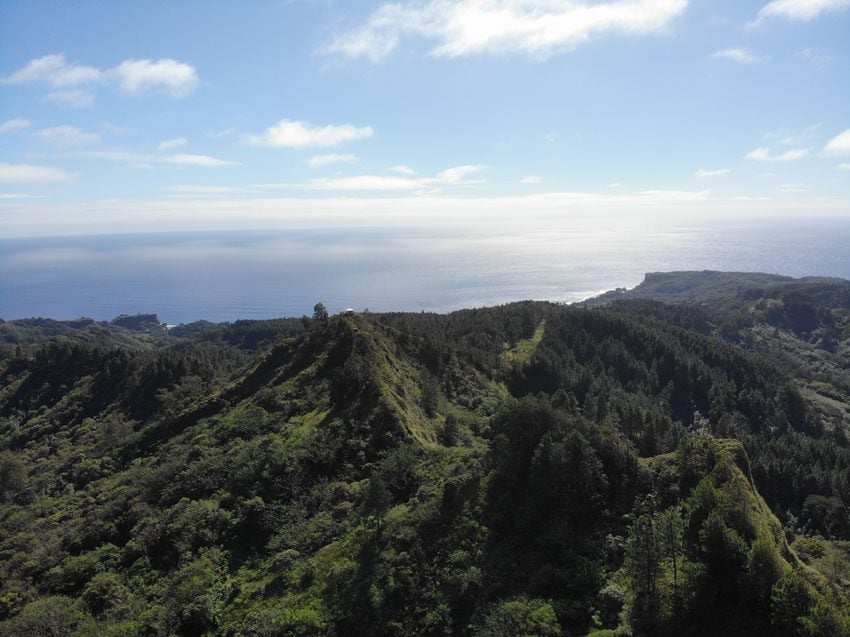
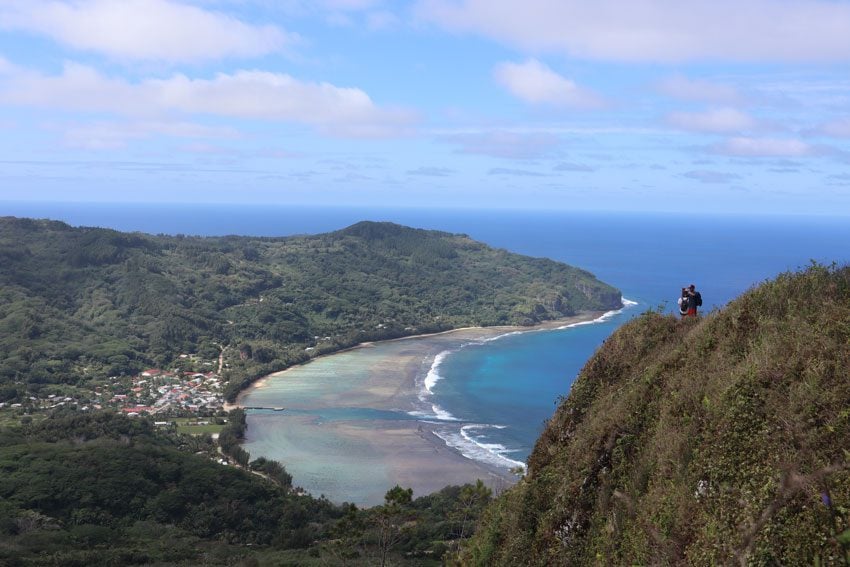
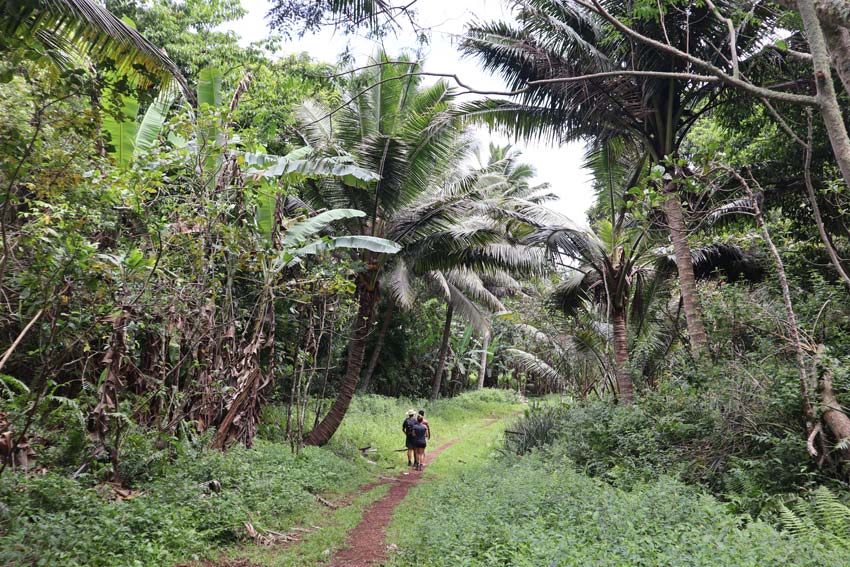
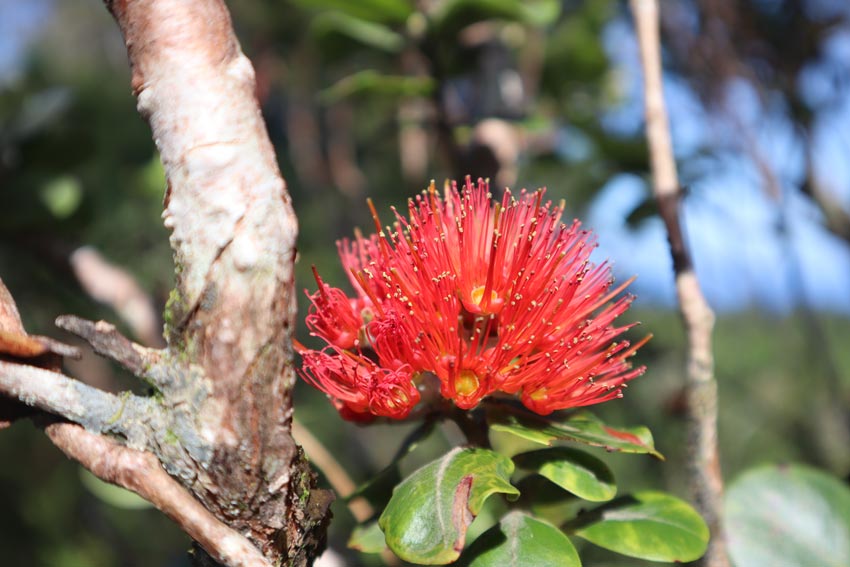
It takes about three hours to complete, including stops. The vegetation greatly changes from pines and itchy bushes at the peaks to more tropical in lower elevations, including wild vanilla, citrus, and coffee. I recommend wearing good hiking shoes since parts of the trail can be slippery coming down, especially if it has recently rained.
Horseback Riding
Horses are a big deal in Rurutu. You’ll see islanders riding their prized stallion on the roadside, on the beaches, and in the villages. You can hop on a horse and head on a guided tour of the island’s interior, including some of the above-mentioned viewpoints. Inquire with your hosts about booking.
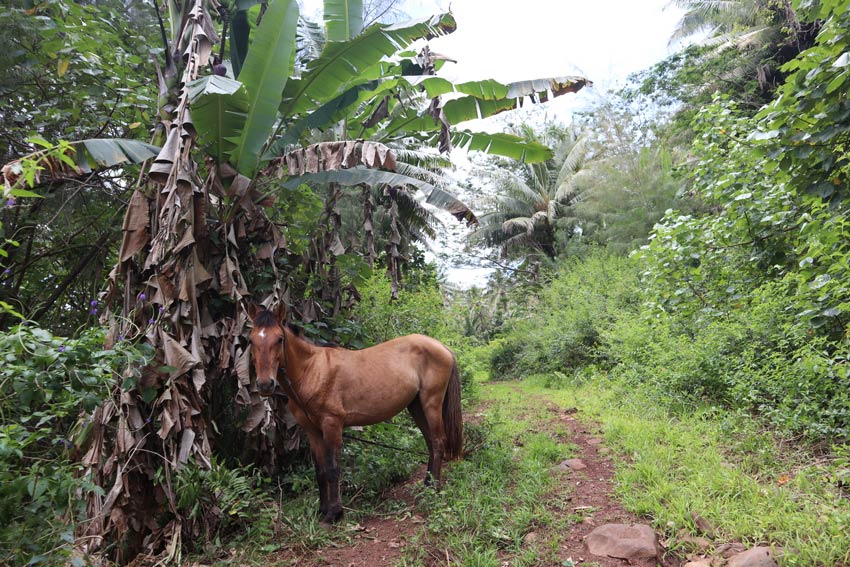
Around the Airport
Rurutu’s airport has a small cafe (snack) and a crafts center. On days when no flights are planned, I was told that it is possible to venture to a natural pool made of lava rocks. Just beyond the airport’s parking lot, head inland on the trail for about 100 meters and you’ll reach the Shell Cave (Ana Coquillage). It’s a small cave with lots of fossilized shells. Once you’ve checked in for your flight, check out the crafts center and head to the cave.
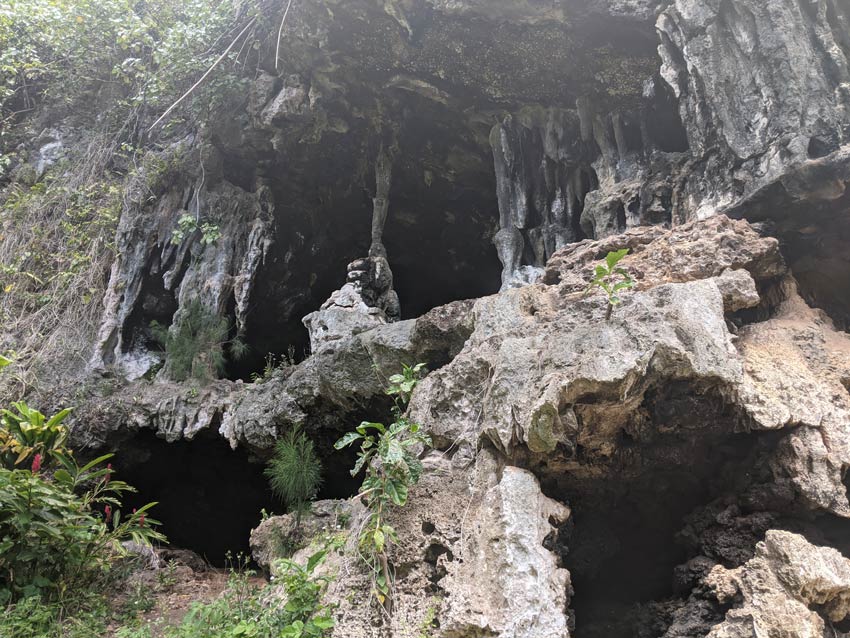
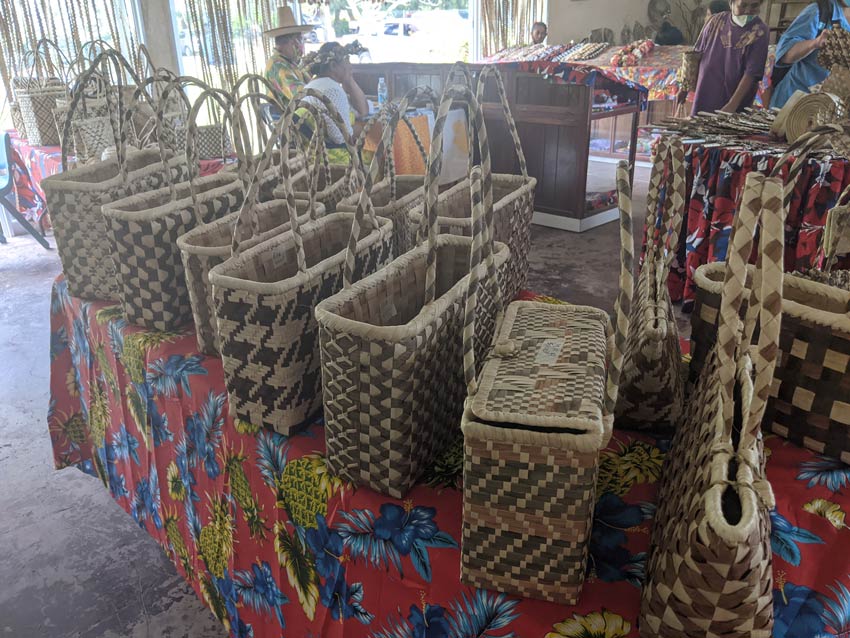
Sunday Church Service
Attending Sunday service whenever I’m visiting a Pacific island is one of my favorite activities and I’m by no means a religious man (here’s a video of Sunday service in Tahiti). In Rurutu, Sunday’s church service sees women exquisitely dressed in their Sunday best, sporting headwear that is nothing short of art. Head to a Protestant service as there’s more singing and it’s shorter than the Catholic service.
Weddings
Weddings in Rurutu are a seriously big deal so if you have the chance to attend one as a guest, don’t miss the opportunity. It can be hard to find a match on such a small and distant island, so locals often resort to “importing” a bride or a groom or marrying a distant cousin. Weddings in Rurutu (‘aiai poipora’a) last for several days and since they’re such an expensive affair, the family aims at marrying all their sons at the same time (families often save for two years ahead of the ceremony). There’s lots of food but especially gift-giving, highlighted by finely woven mats, tifaifai (traditional patchwork blankets), live pigs, houseware, and taro. It’s an occasion to recite the genealogies of the families involved, and also to exchange hospitality between the families.
